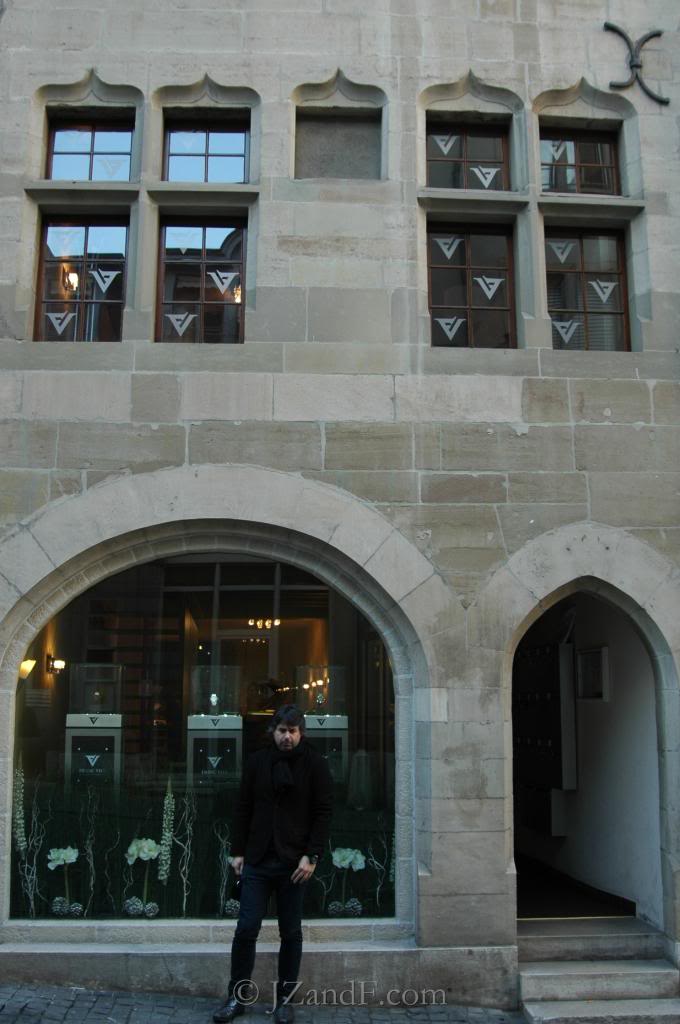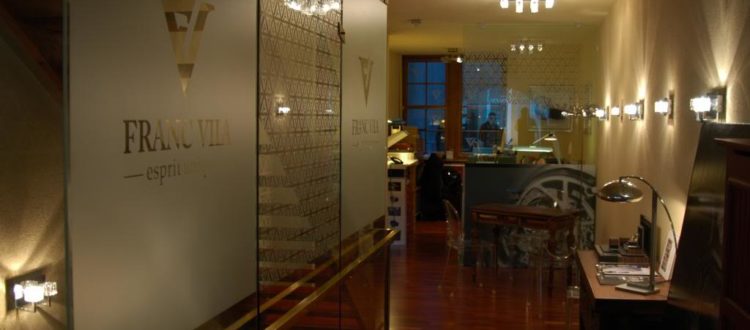A Visit to Franc Vila – Part 1
Franc Vila is a contemporary watch brand established in Geneva. It was founded and financed less than 10 years ago, by the energetic and visionary Spanish watch collector and aficionado Mr. Franc Vila.
With the ultra-small global annual production of less than 600, and with an emphasis on painstakingly good finish on all parts of the case, buckle, movement and dial construction, the brand has achieved a strong following among those collectors who are looking for something unique, made with extreme care, and most importantly, a watch of our time that offers an emotional connection to a contemporary watch designer.
The story goes that Mr. Vila wanted to get a tourbillon watch for himself, but having been frustrated with the conservative watch designs by the major brands, he decided that he would design a watch case to fit his vision and to create a watch that he truly wants.
The now famous skull-shaped case is originally intended for a “perfect” tourbillon watch for Mr. Vila, where the tourbillon cage would be placed at 6’O clock, and the two screws on the outer case would symbolize the support for the tourbillon bridge. When Franc Vila first debuted in early 2000’s, it started with a bang, and introduced some very high-end tourbillons and minute repeaters that costs hundreds of thousands of dollars.
After almost the decade, the skull-shaped case, with the intricate interplay of matte finishing and high polished edges, is now synonymous with Franc Vila, just like the octagonal Royal Oak design is with Audemars Piguet.
As a long-term fan of the brand, I am fortunate to be the first journalist to visit the entire production process. To add to the excitement, Mr. Vila took a day to personally accompany me on the tour.
Here’s the dynamic and colorful Mr. Vila, with a tourbillon on his right wrist and a chronograph on his left, driving his nimble “company car”.
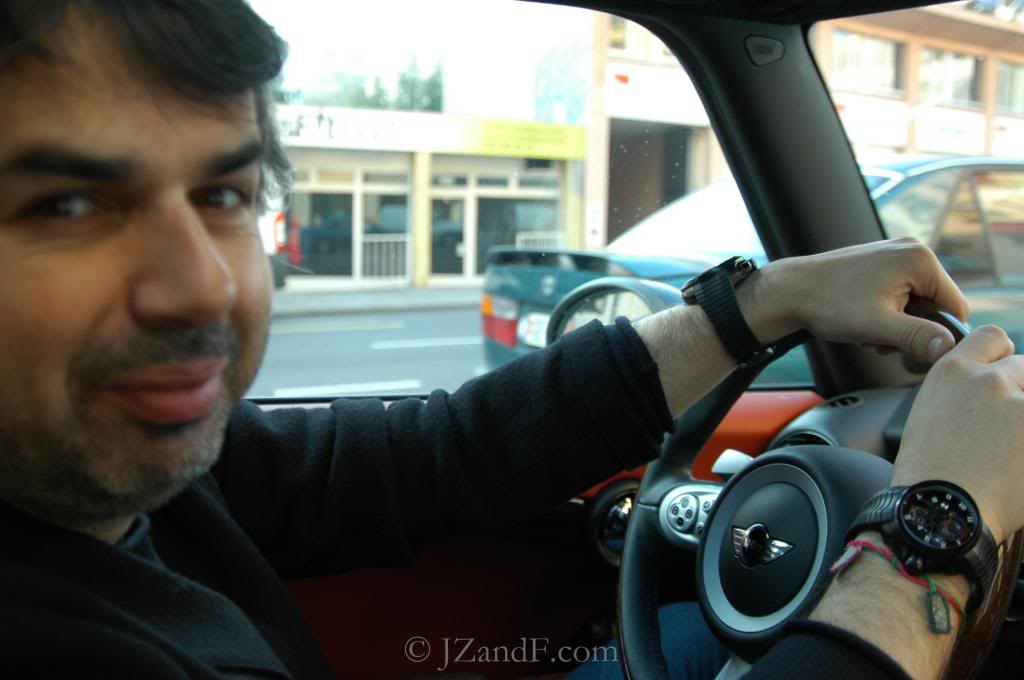
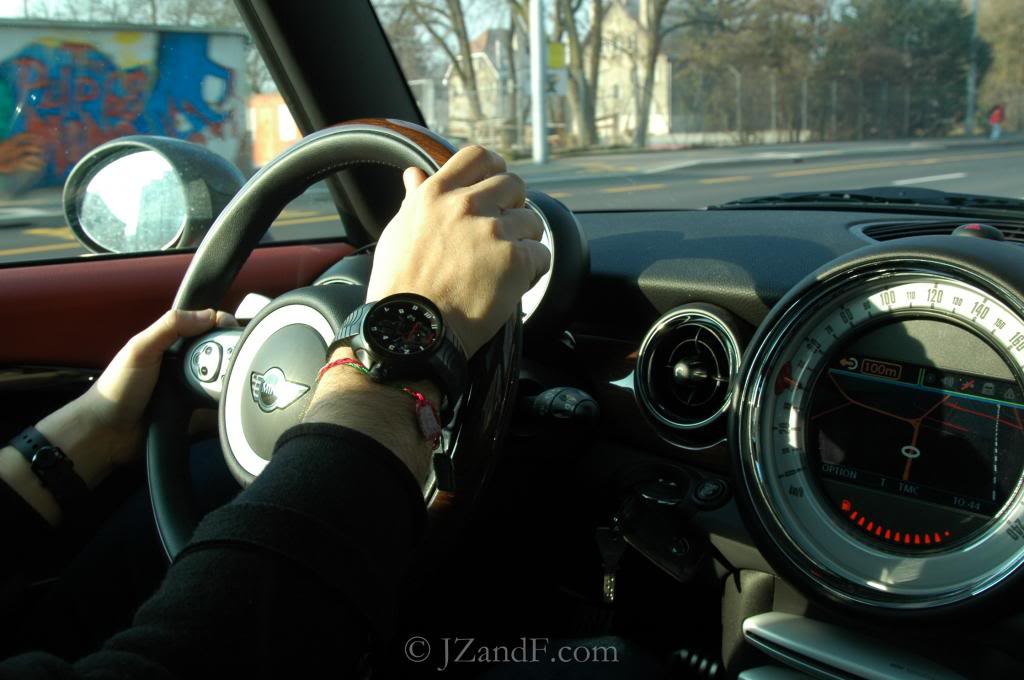
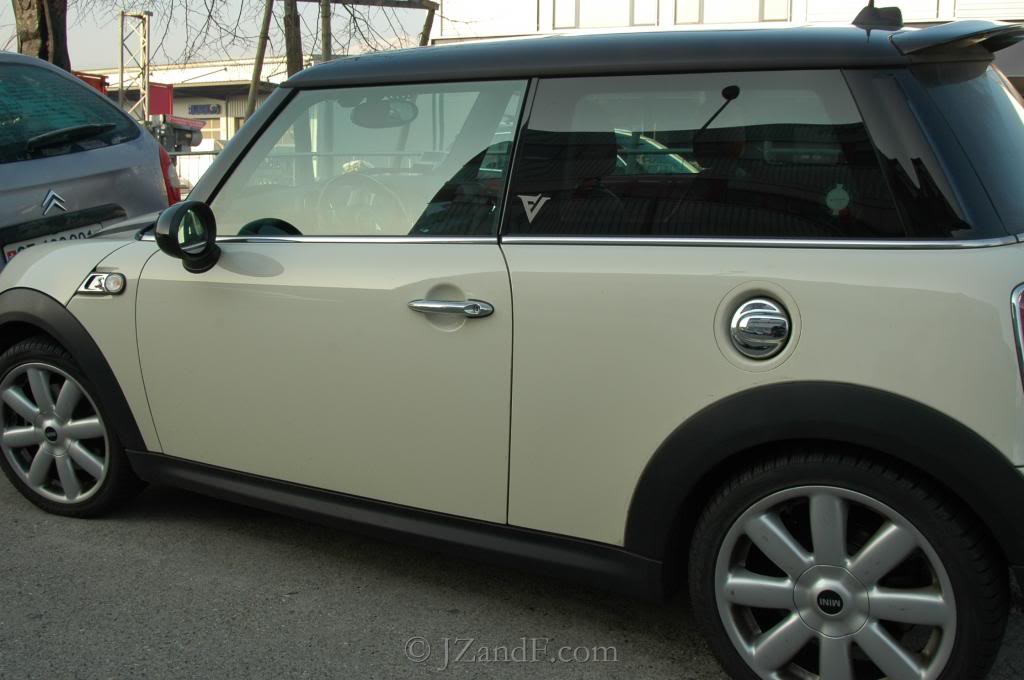
In order to qualify to have the word “Geneve” on the watch, everything has to be made in Geneva – a city with some of the most expensive, but highest standard of watch components in Switzerland.
The first stop is the manufacture for the dial and case. This partner is entrusted with the case production for some of the most prestigious Swiss brands.
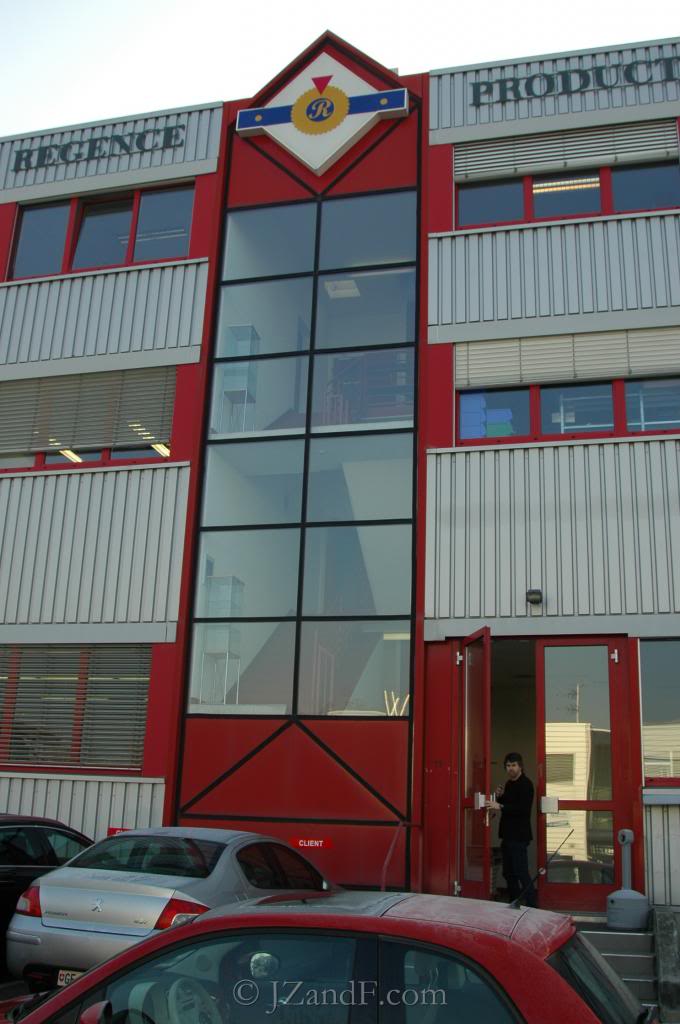
Making of the dials:
Semi-finished dials. Because of the specific shapes, the dials are often made with multiple pieces, which are more expensive to make than the traditional one-piece dial. According to Mr. Vila, a typical dial would cost more to make than the price of an entire mid-range luxury Swiss watch.
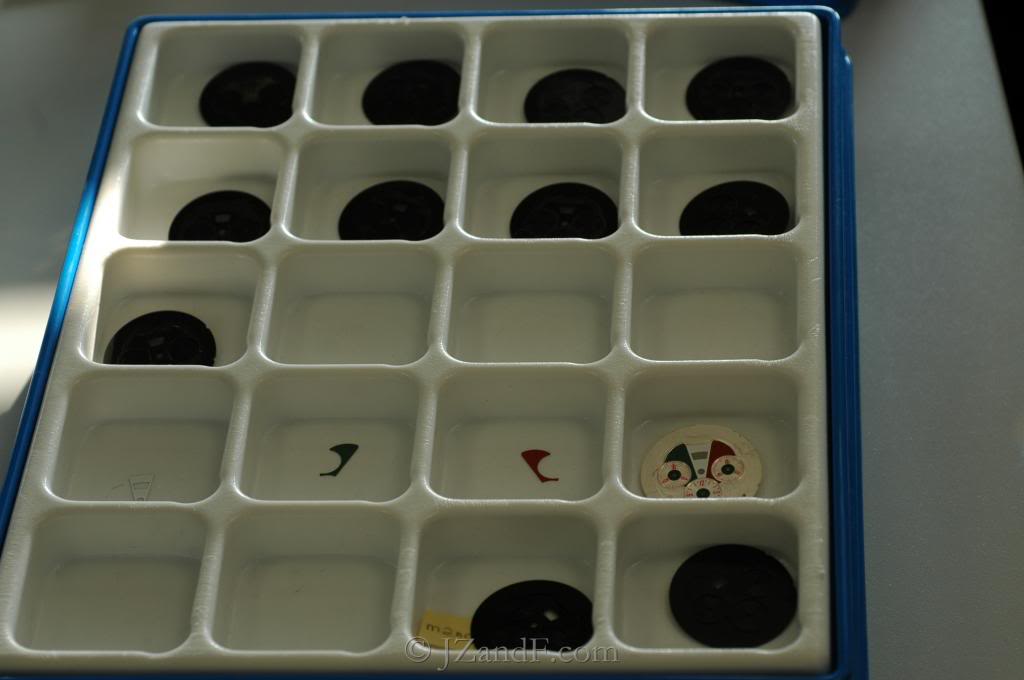
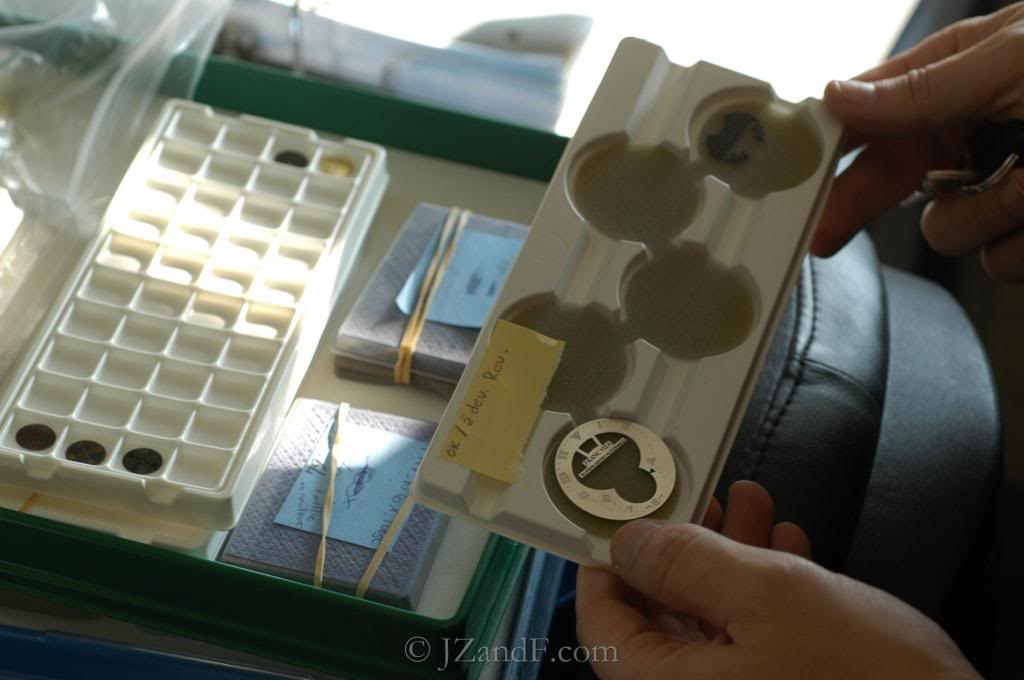

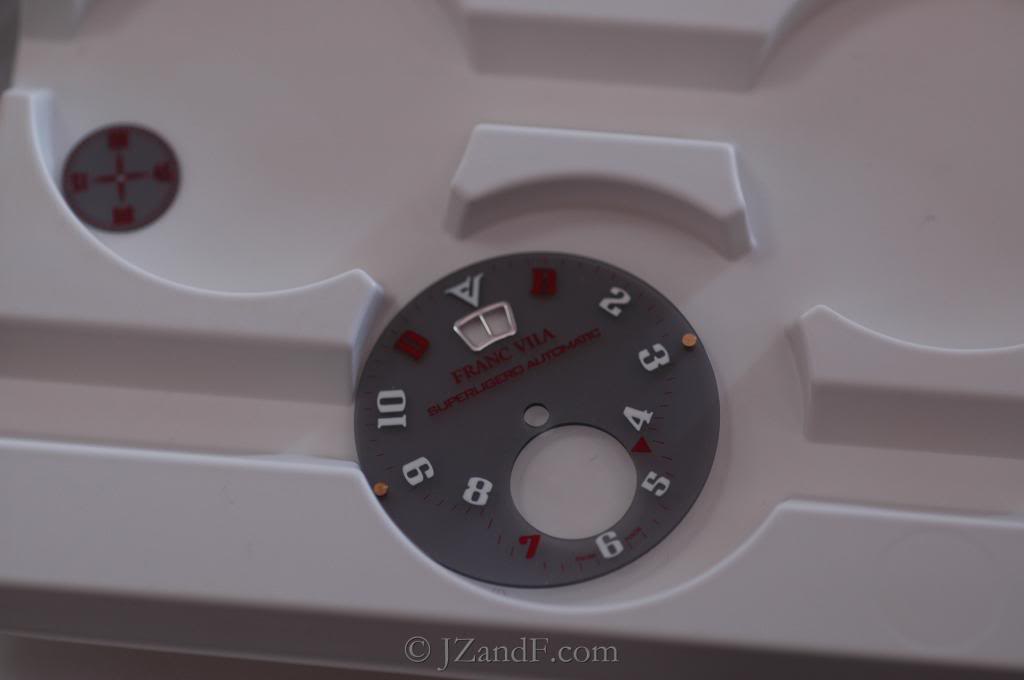
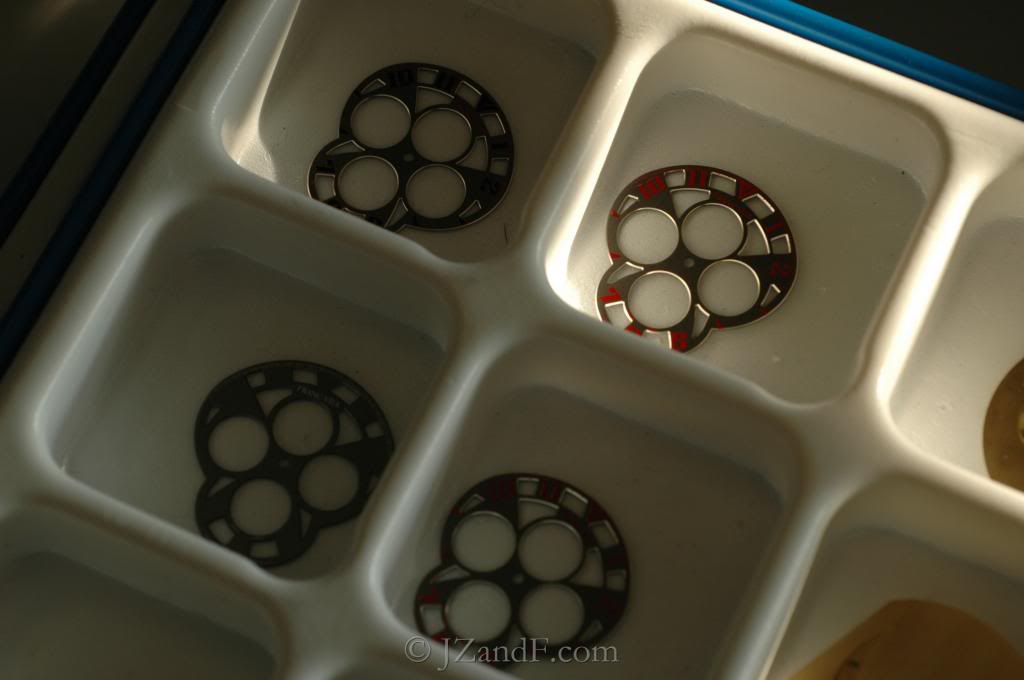
The components are machined out of a block of solid brass.
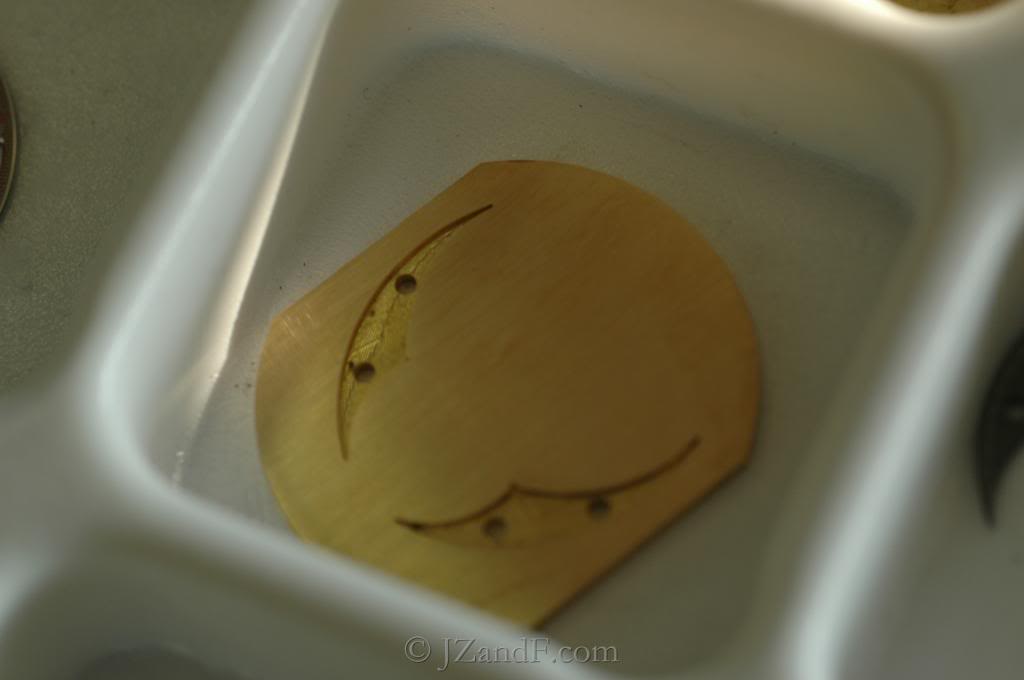
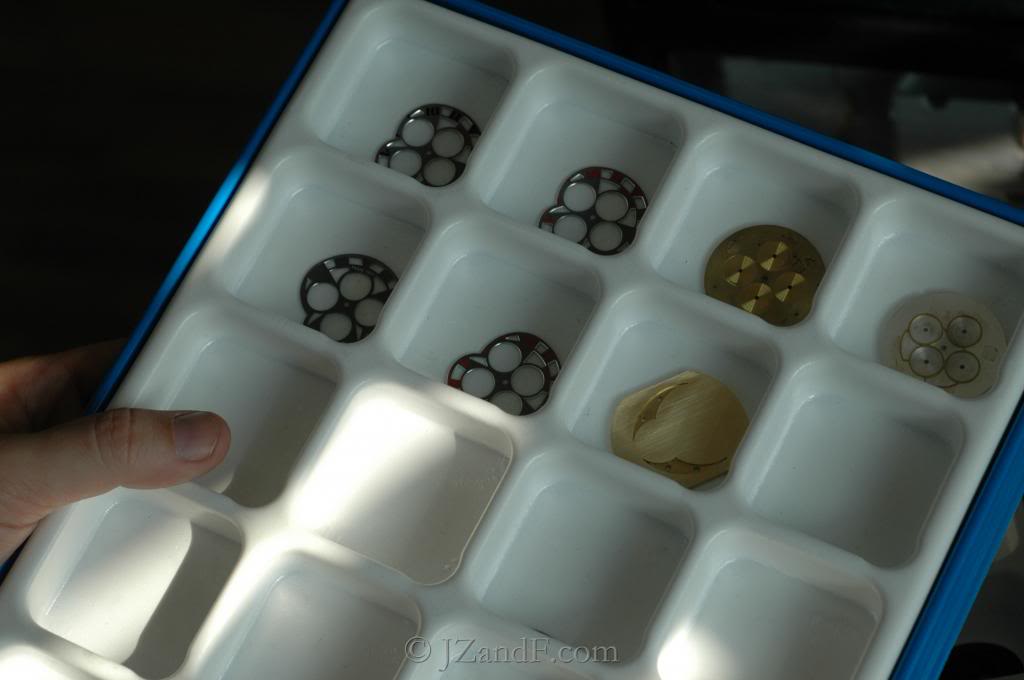
The date apertures on the Big Date Chronographs.
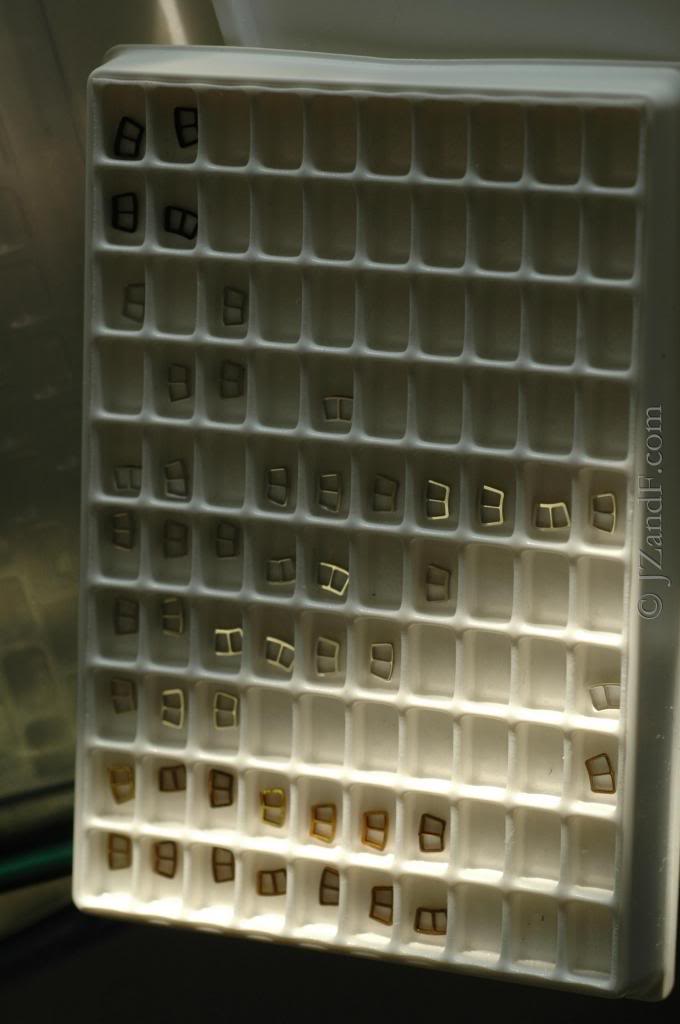
Each aperture is individually high polished. The piece in the center is the rough, unfinished piece.
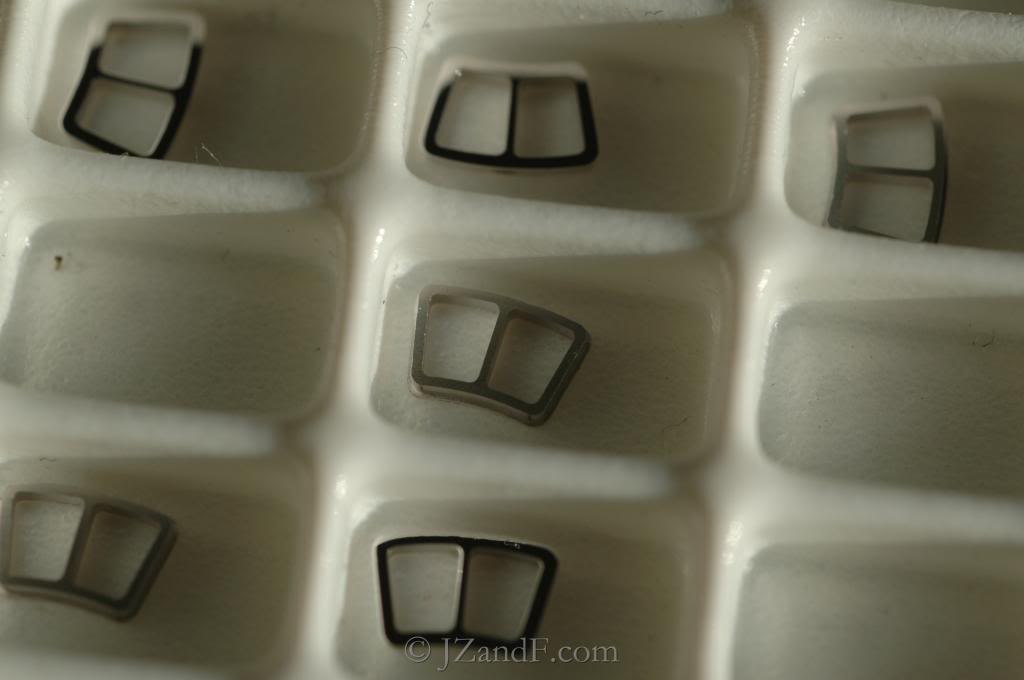
After the high polish…
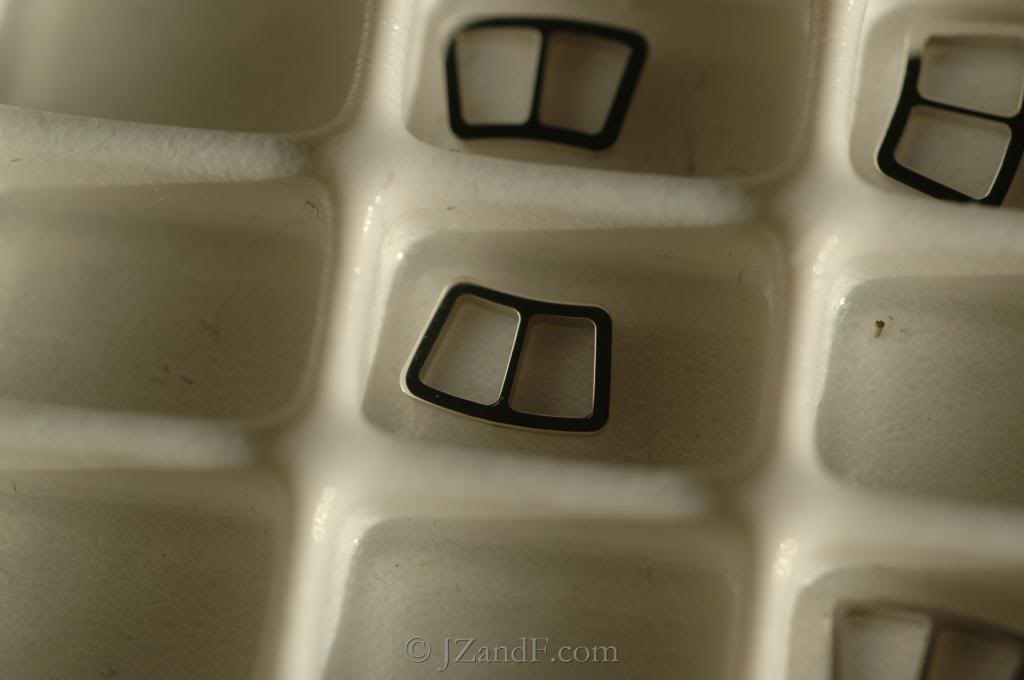
Craftsman hard at work.
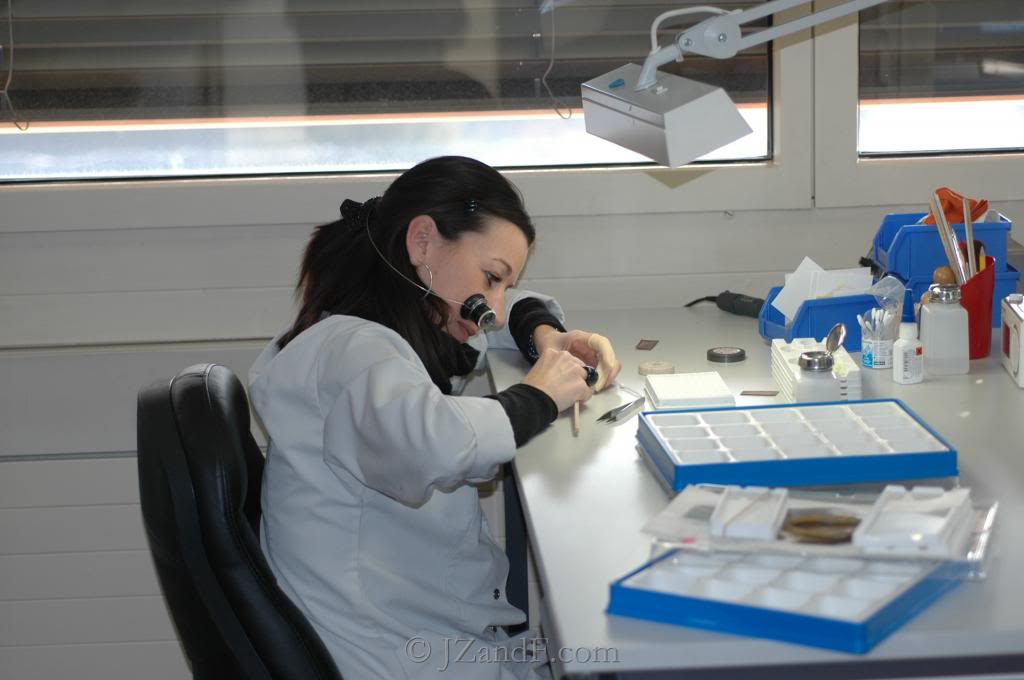
Applying color to the second subdial. First, making sure the subdial is absolutely free of dust…
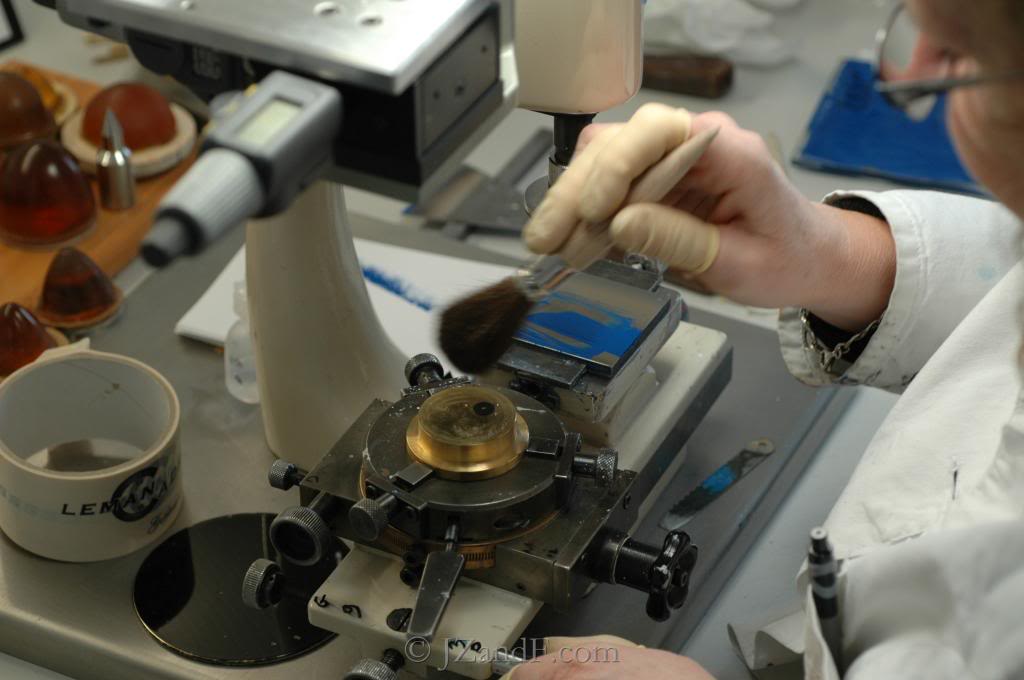
Then the a stamper machine would stamp the blue paint on it.

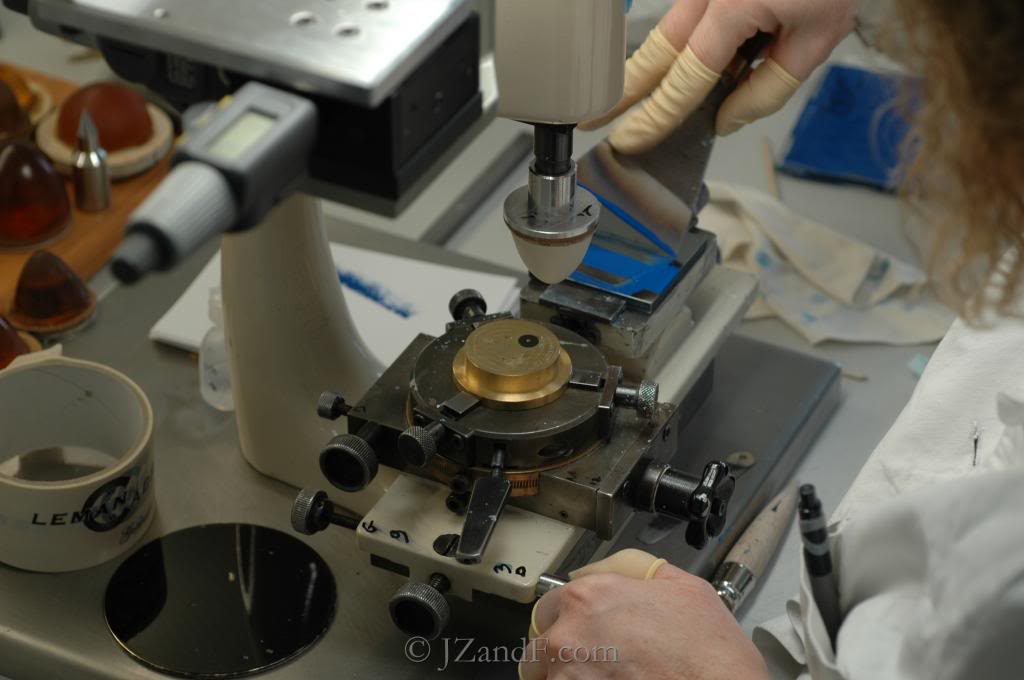

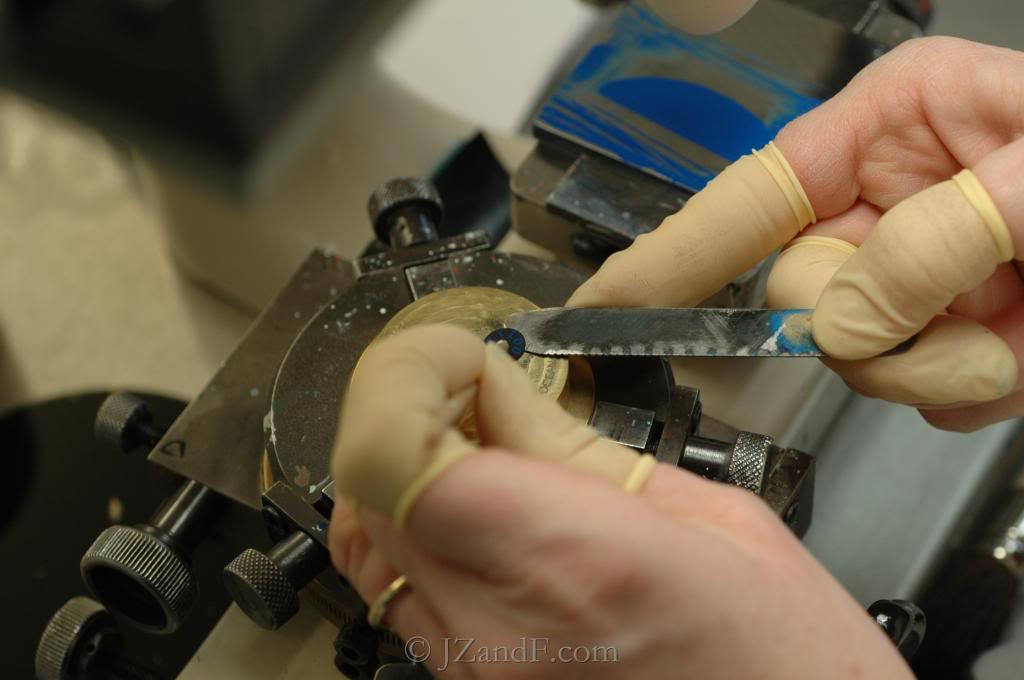
Each piece is checked carefully to ensure even application of the paint.
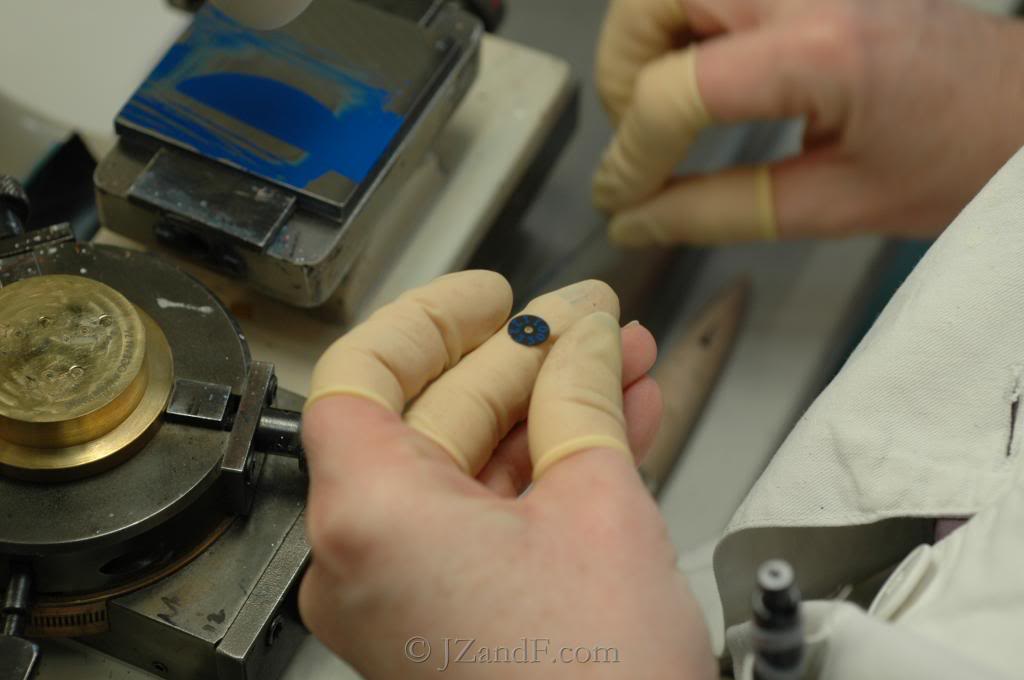

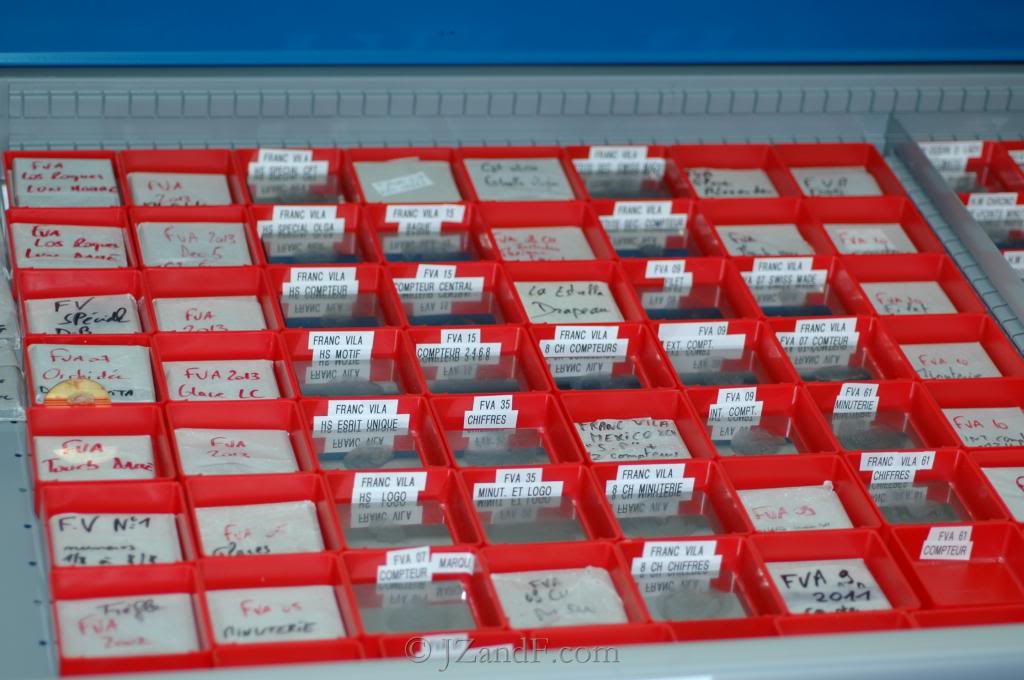
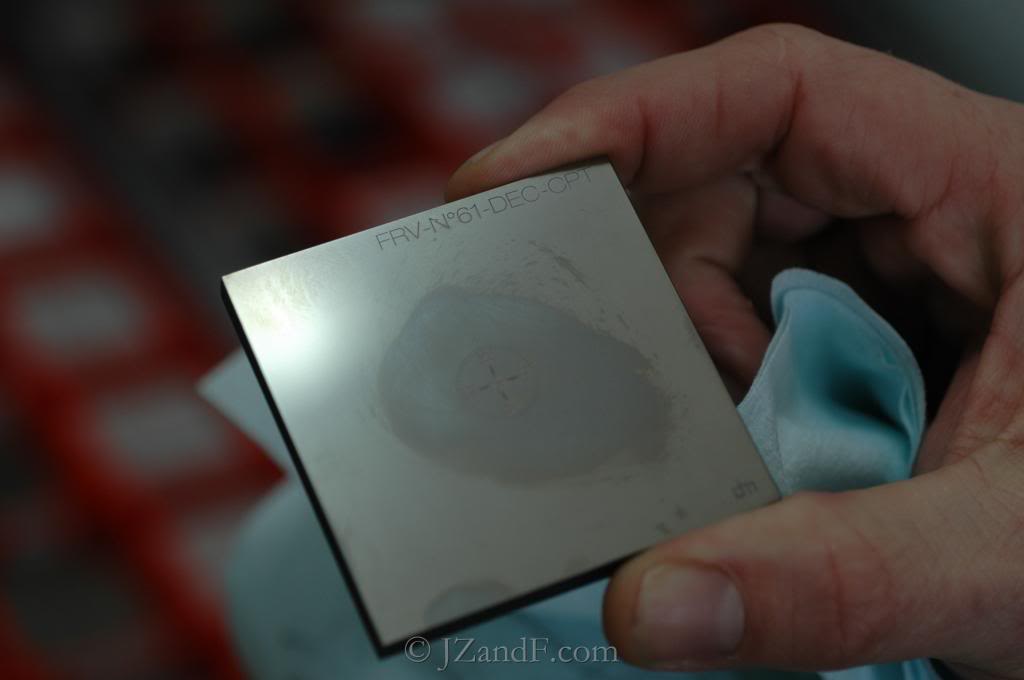
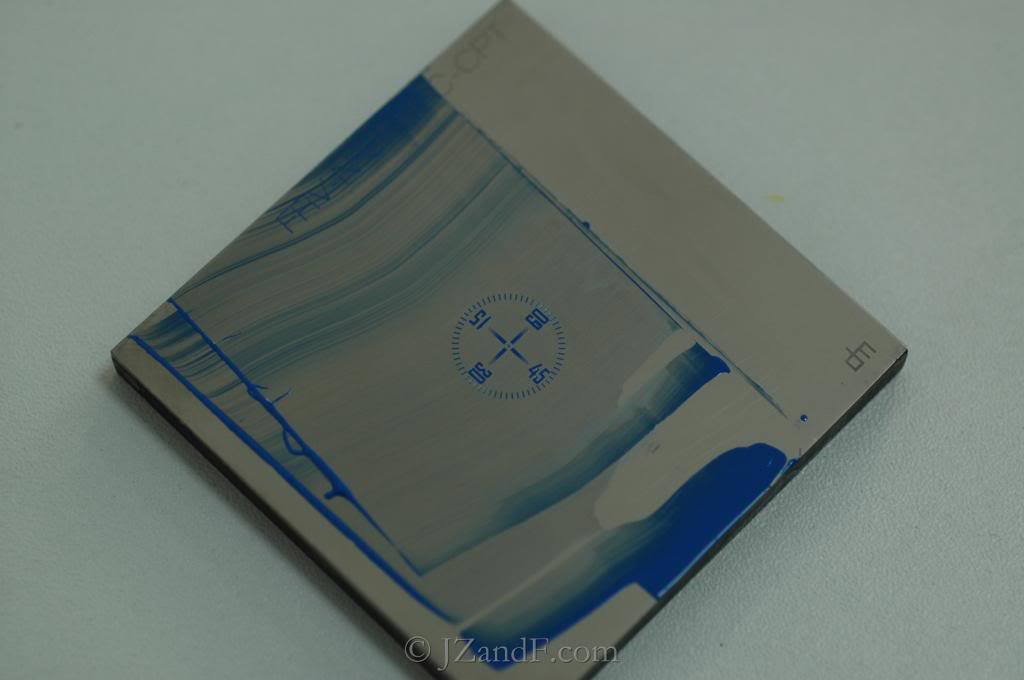
This is an example of a customized piece for a customer, with his family emblem.
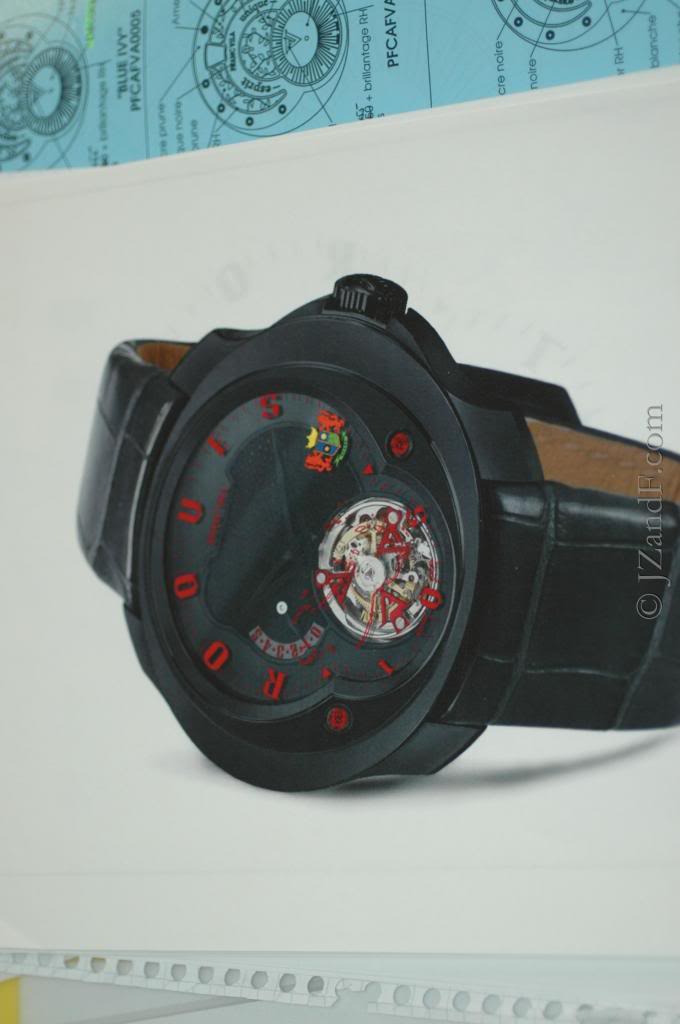
Each component of the emblem is individually identified and colored.
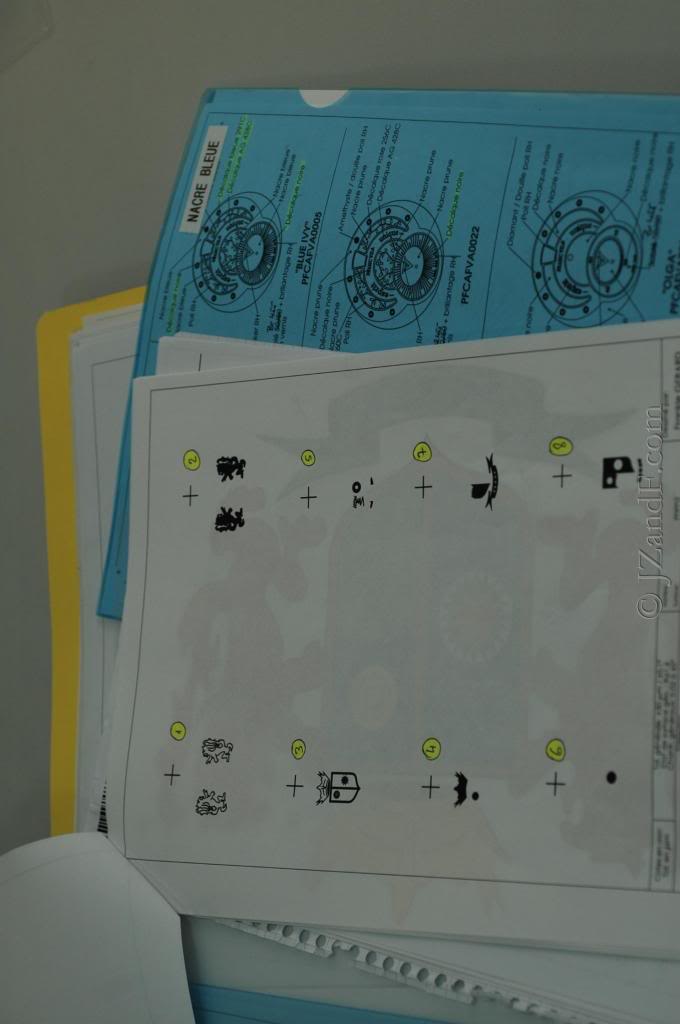

To add colors to certain dials, the brass dials are dipped into chemicals for several hours…
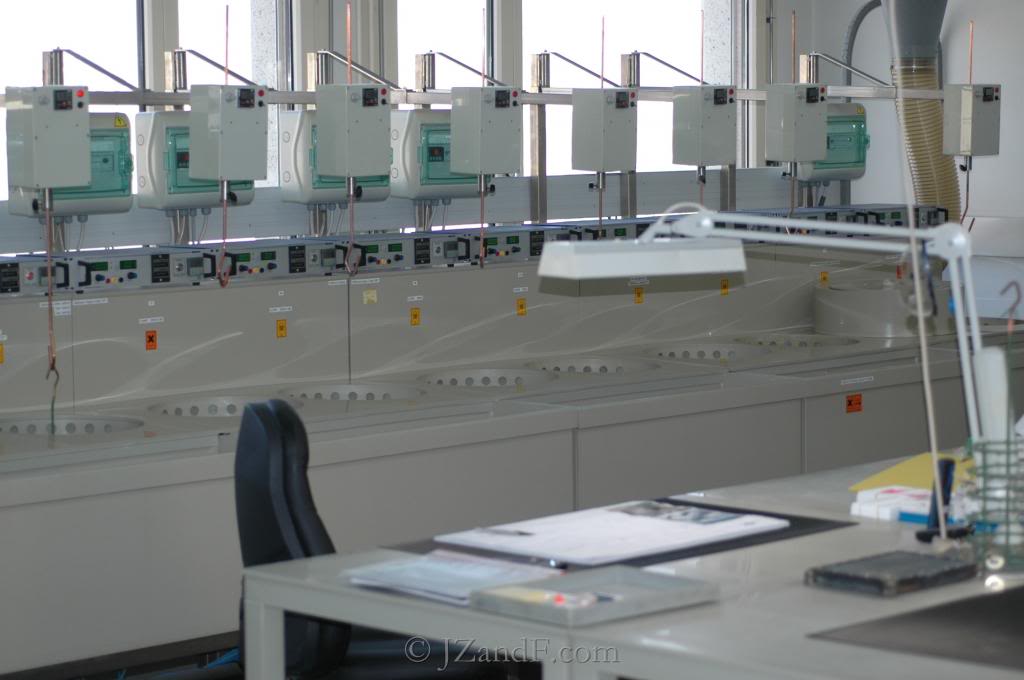
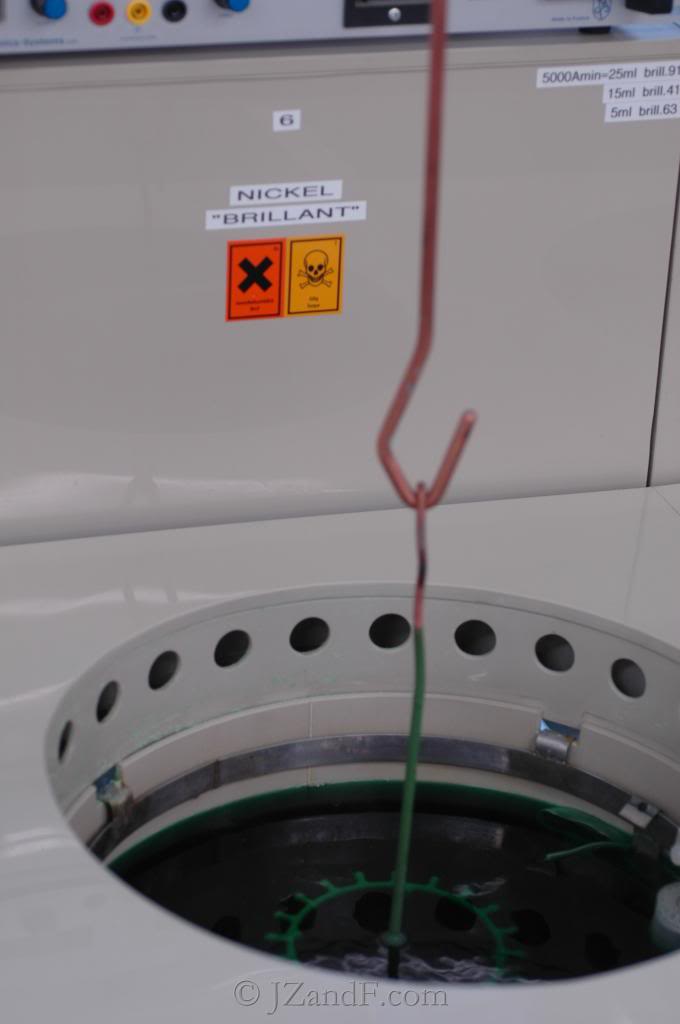
… resulting in vibrant colors.
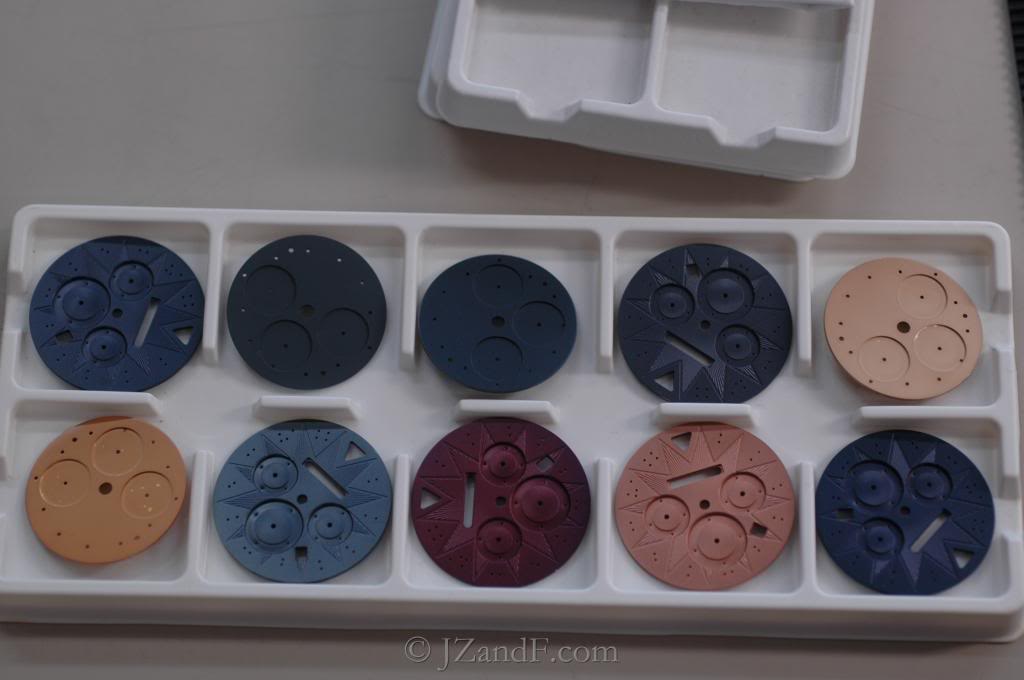
Mother of pearl dial pieces…
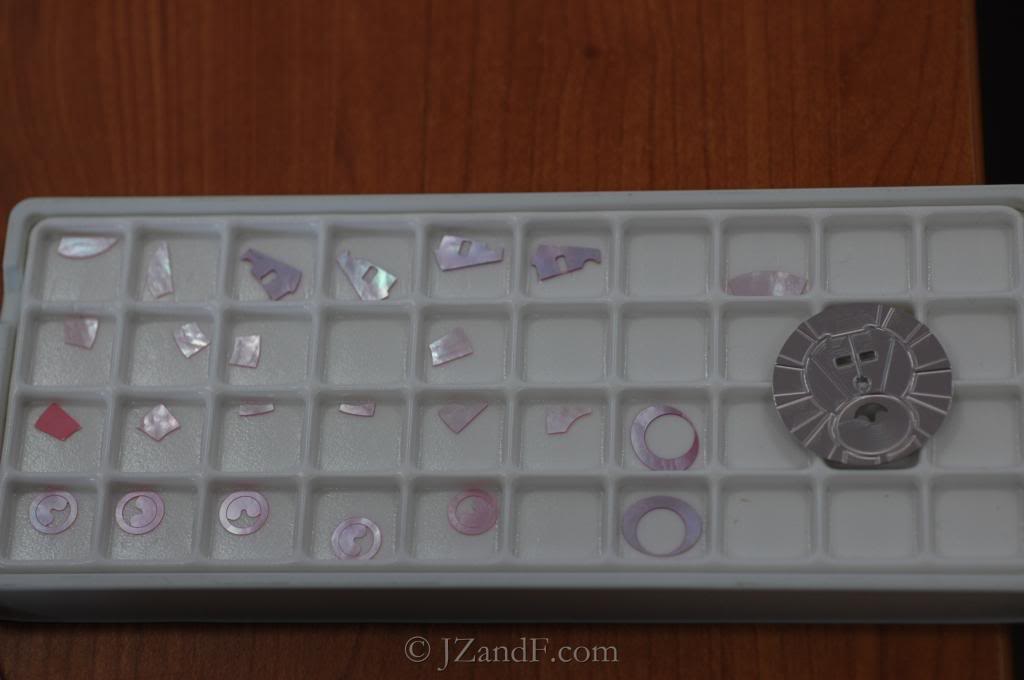
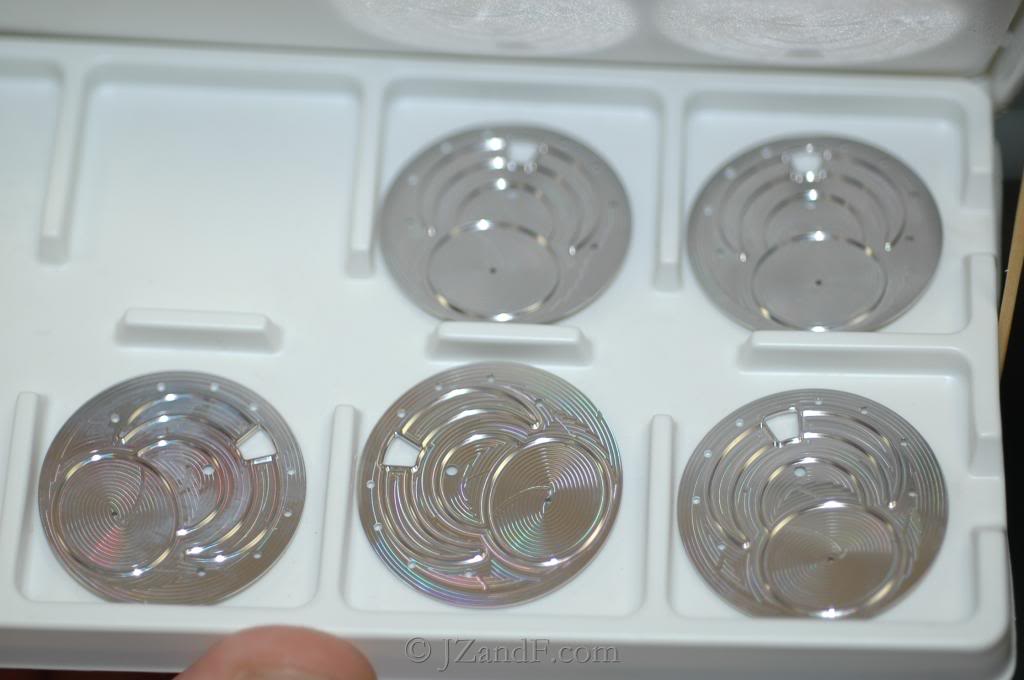

The side pieces for the regulator and world timer models…
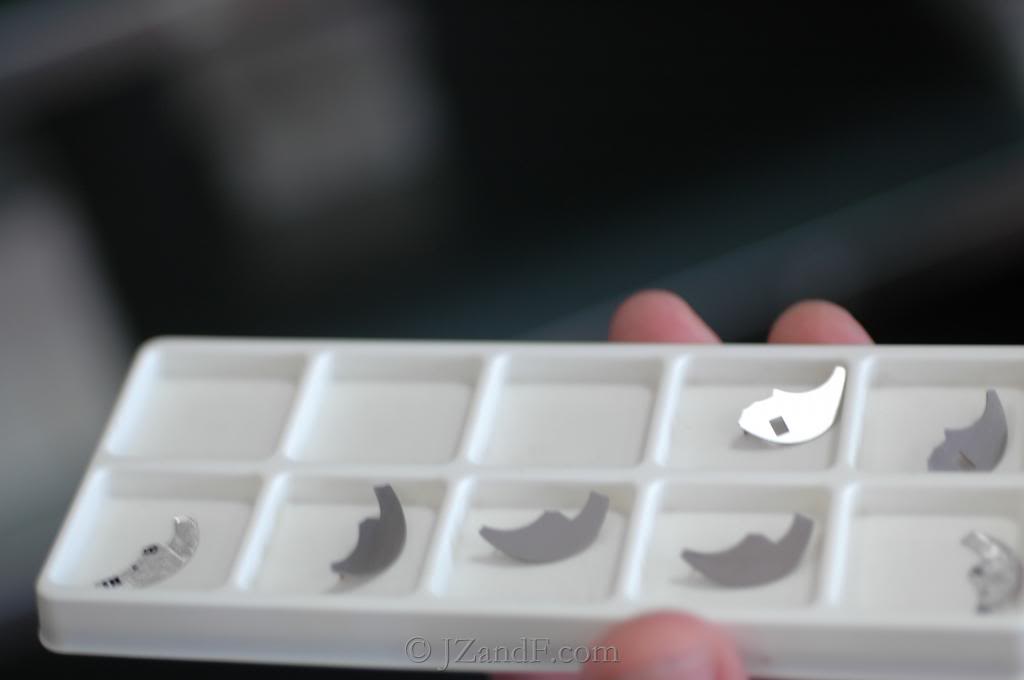
Made with meteorite.
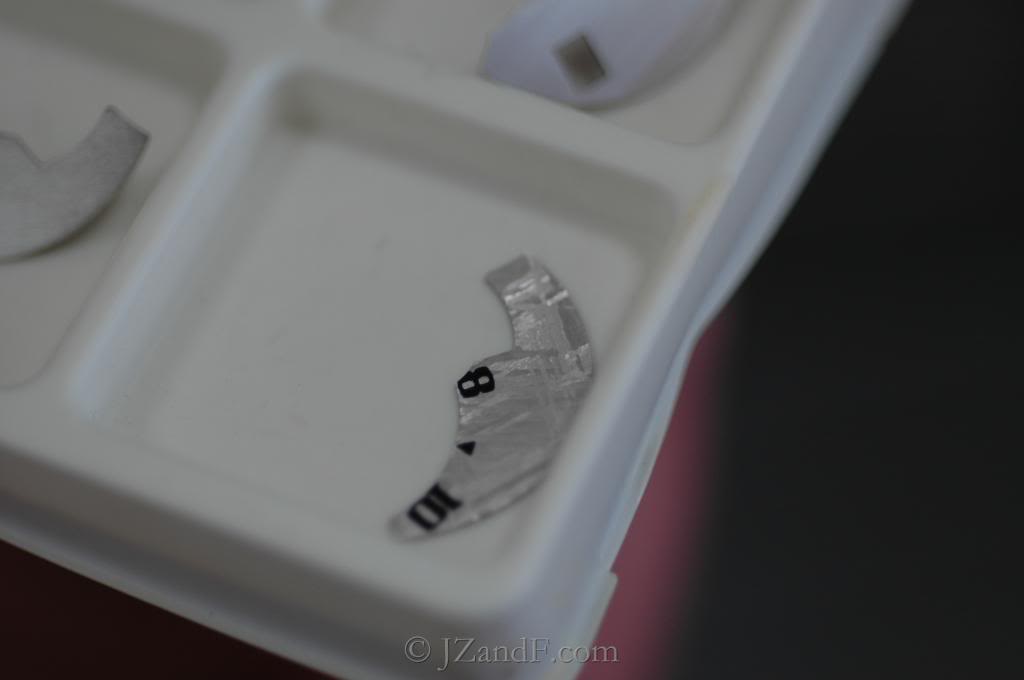
The back is high polished beautifully, even though the customer will never see it. This is dedication to craftsmanship.
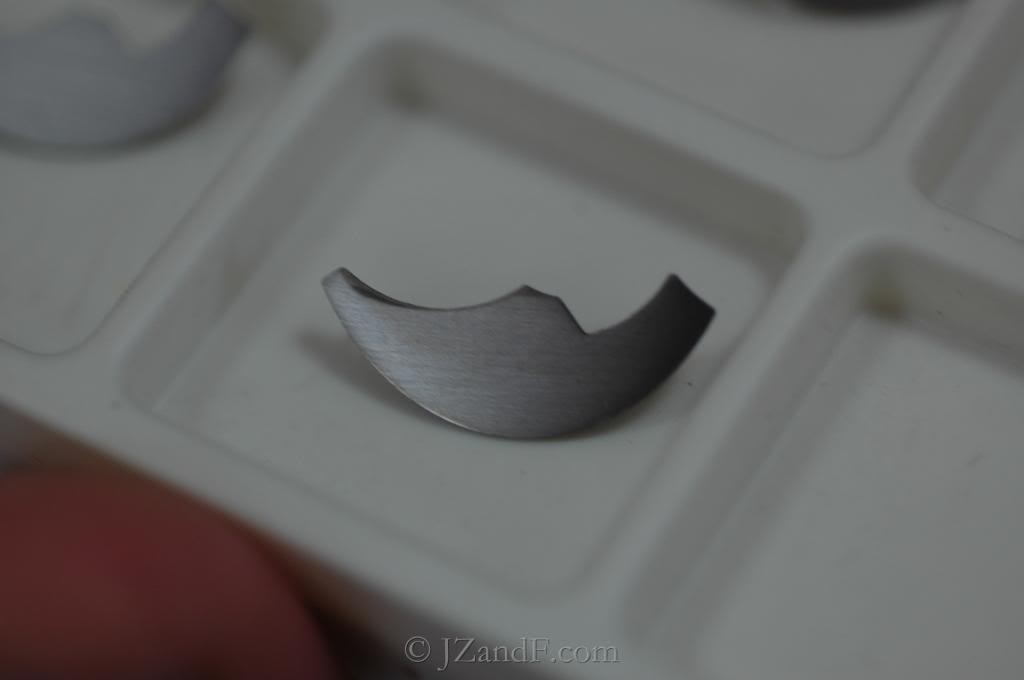
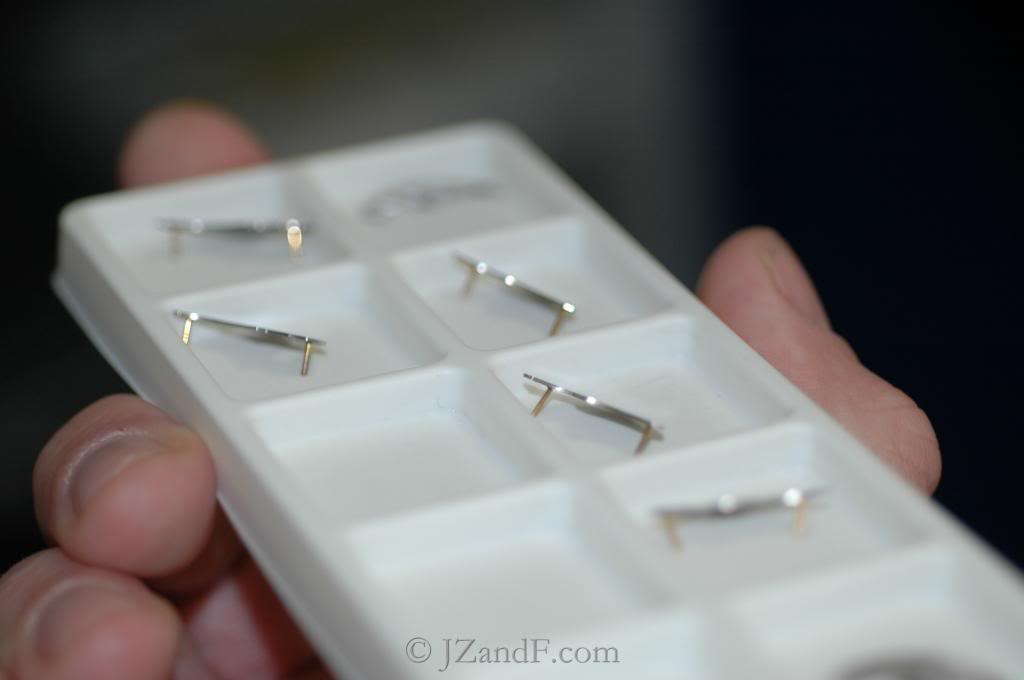
Pieces made with carbon fiber.
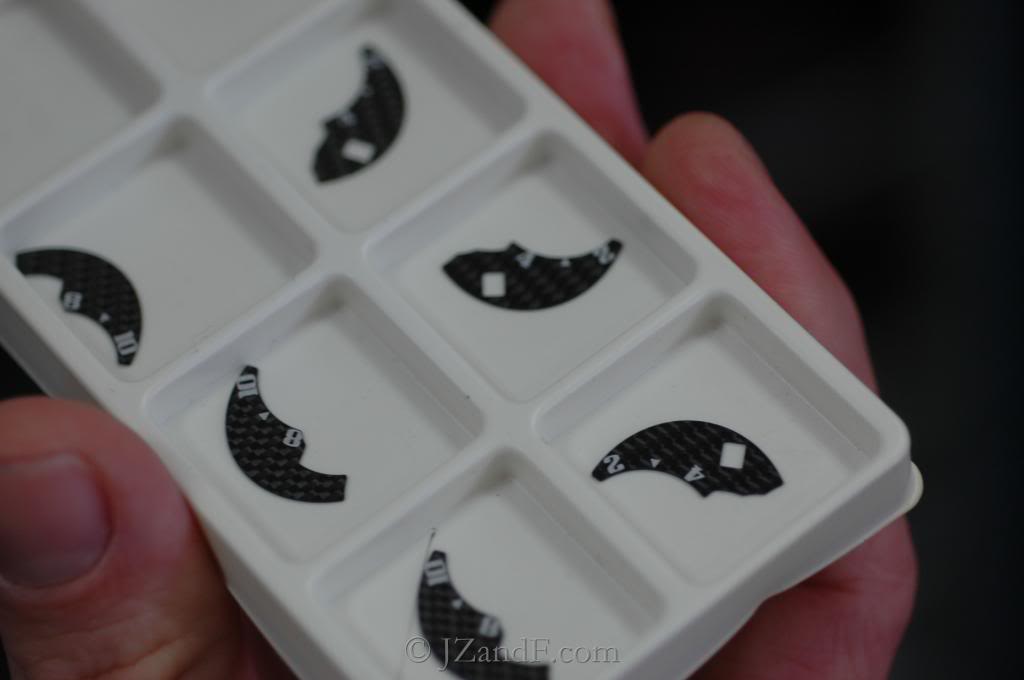
The dials are precisely constructed using CAD designs.
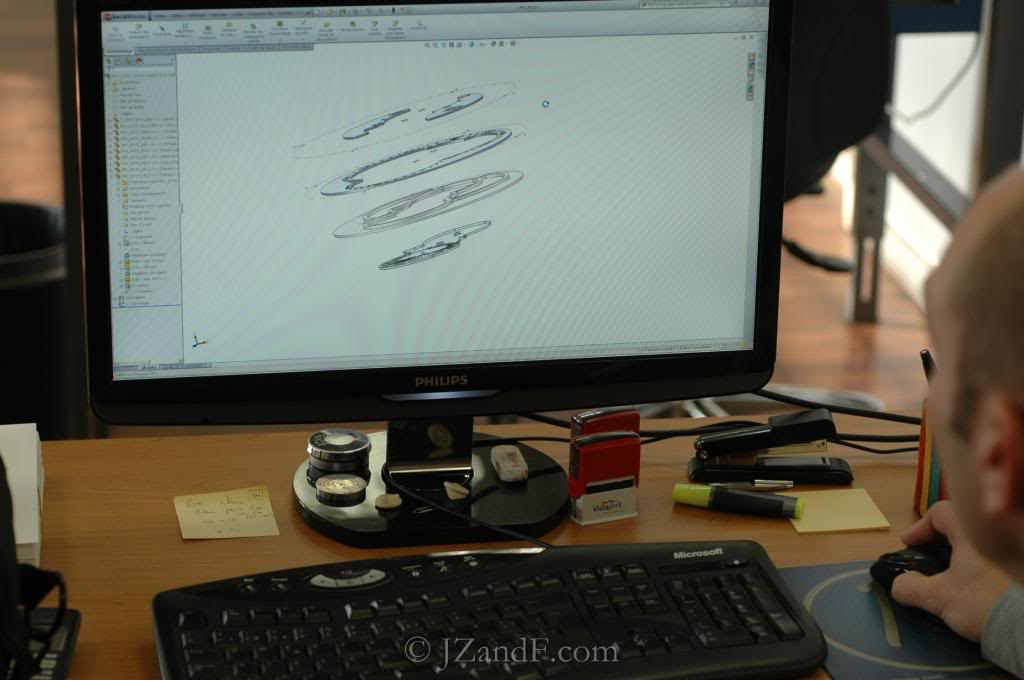
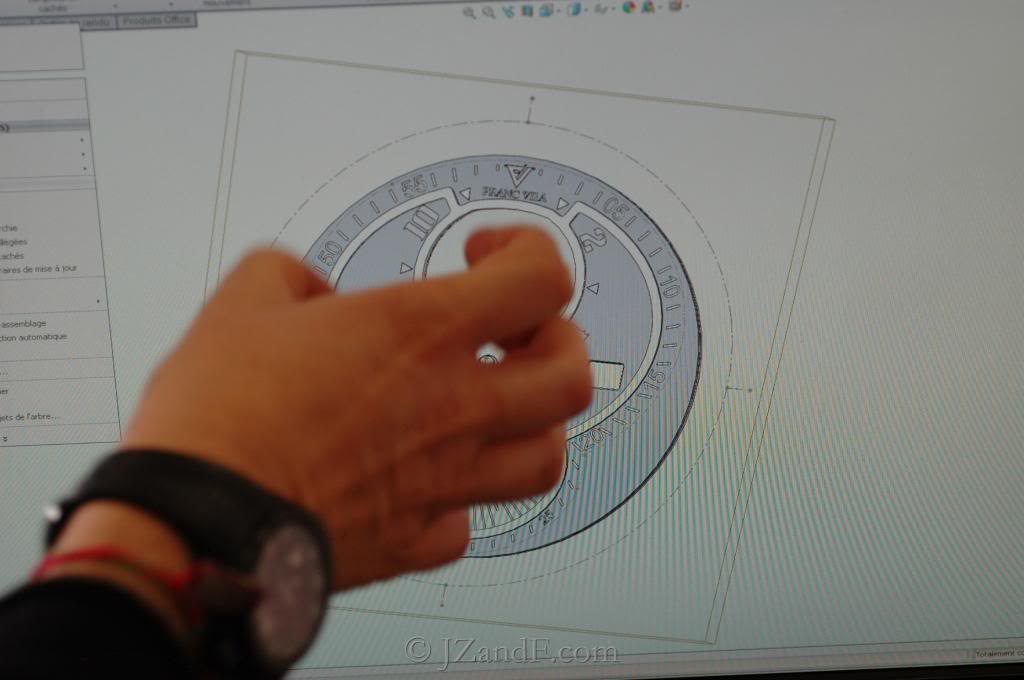

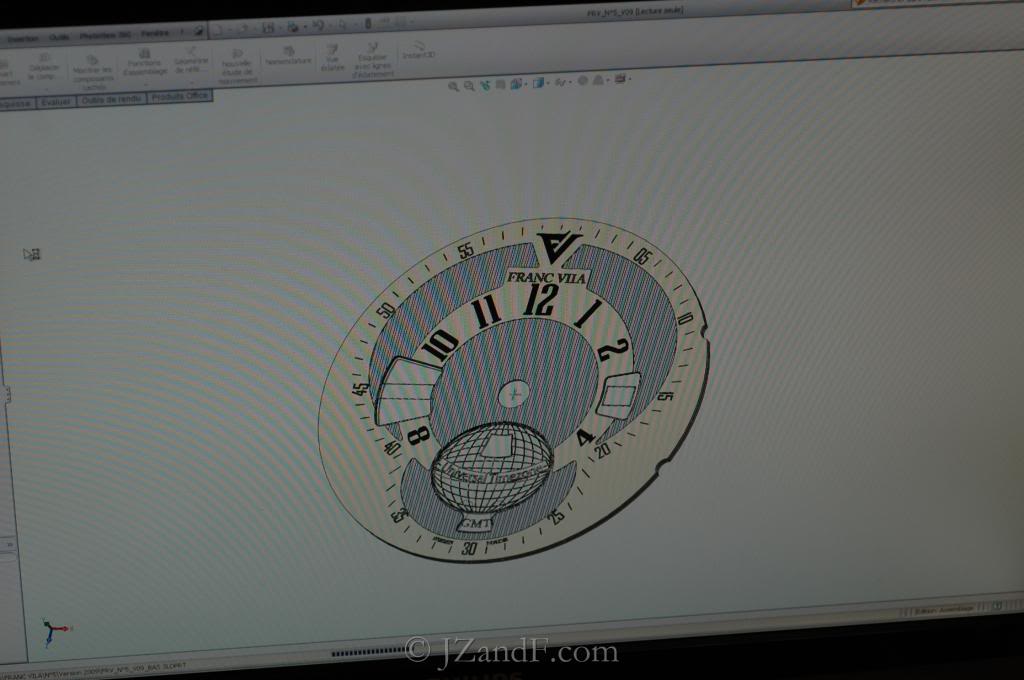
A solid piece of raw meteorite dial, cut from the meteorite stone that fell in Namibia.

Natural Tahitian black mother of pearl dial.
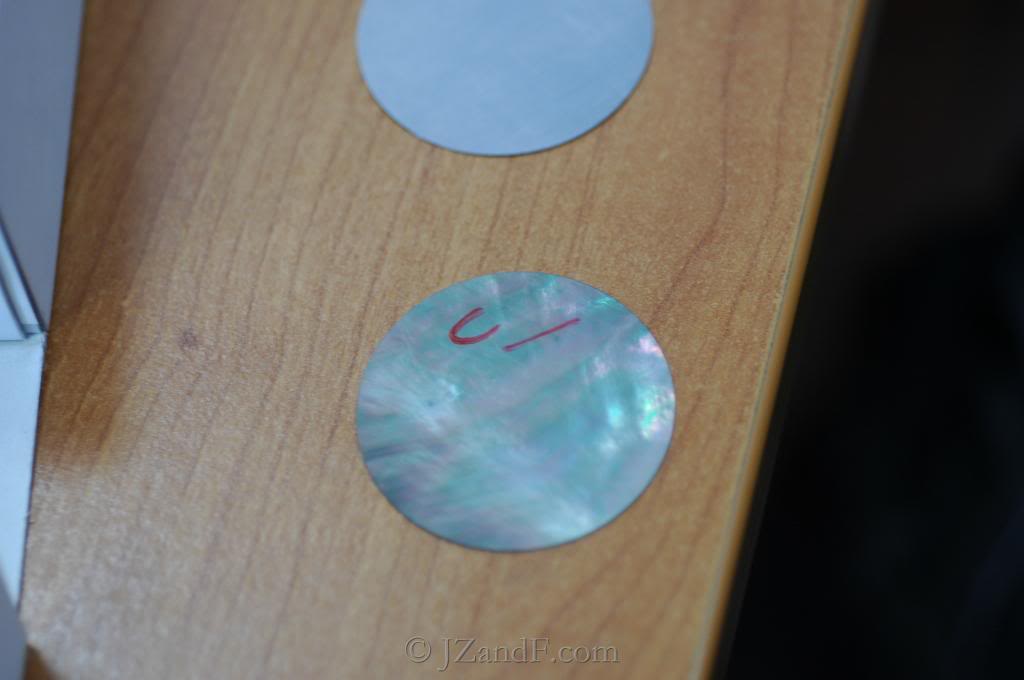
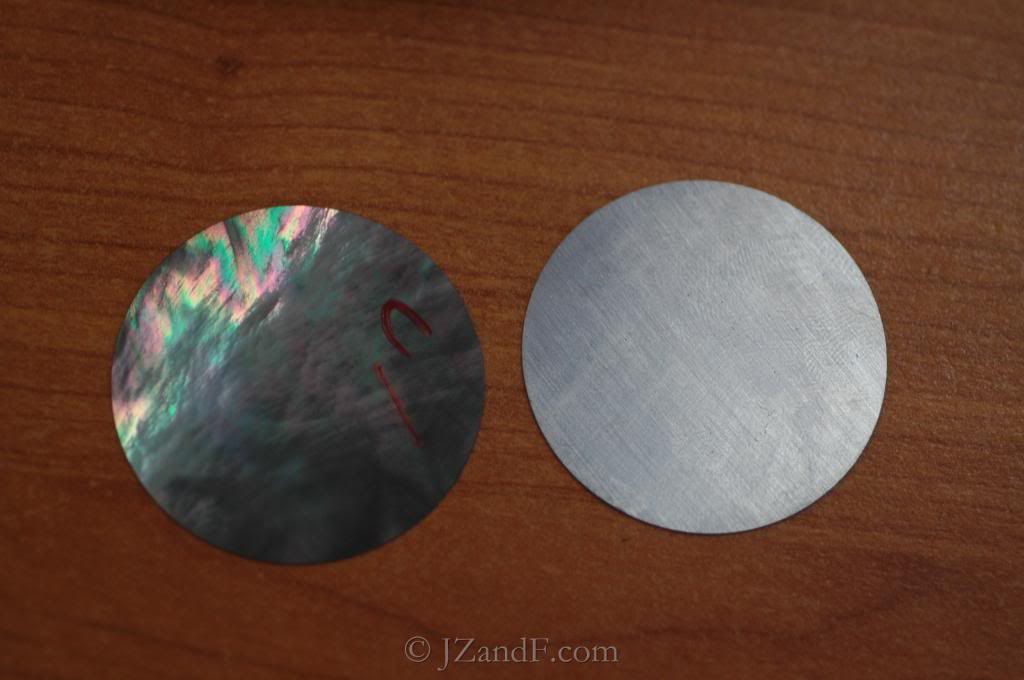 u
u
If you thought that making a watch case is easy, check out this design drawing.
The Franc Vila case is especially complex and difficult, given the multiple part construction. Notice the bezel alone has 10 different components.
It is quite a refreshing change to the common single-block case design.
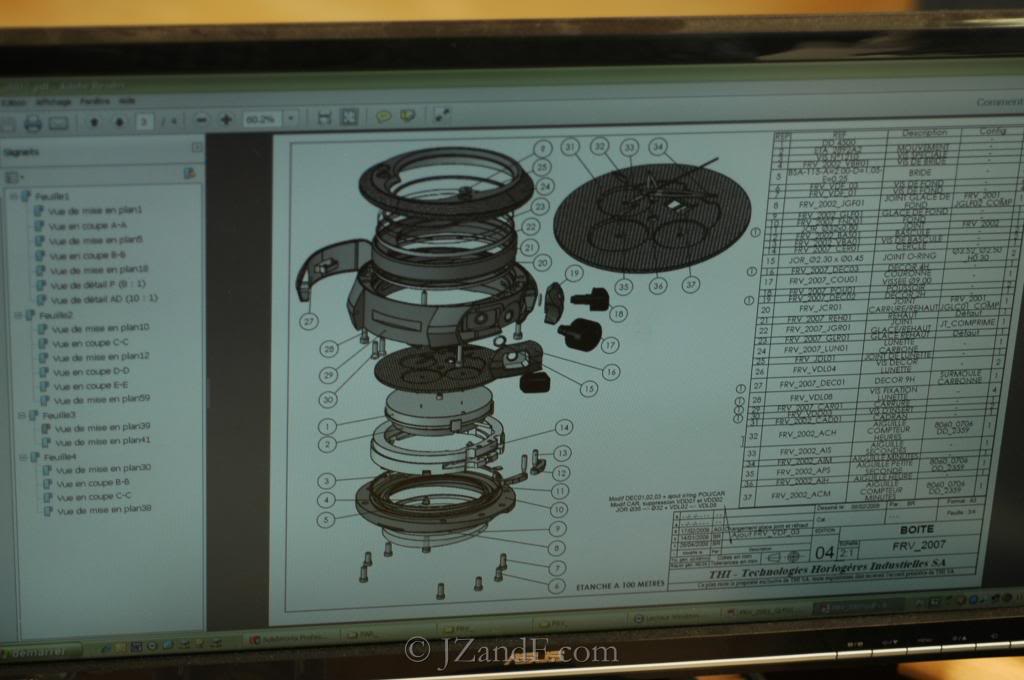
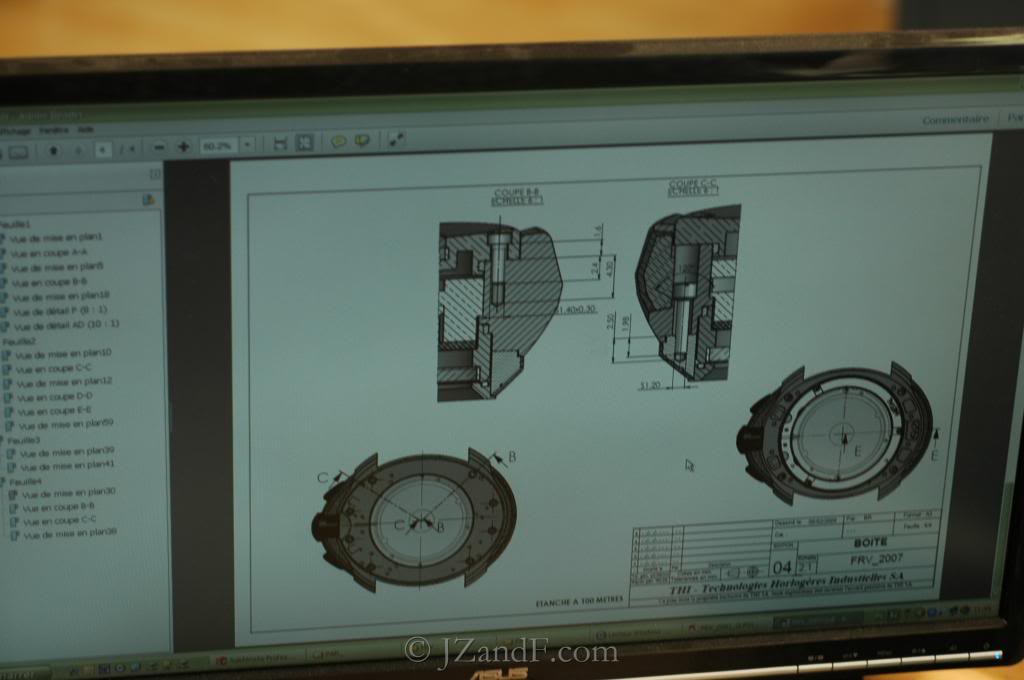
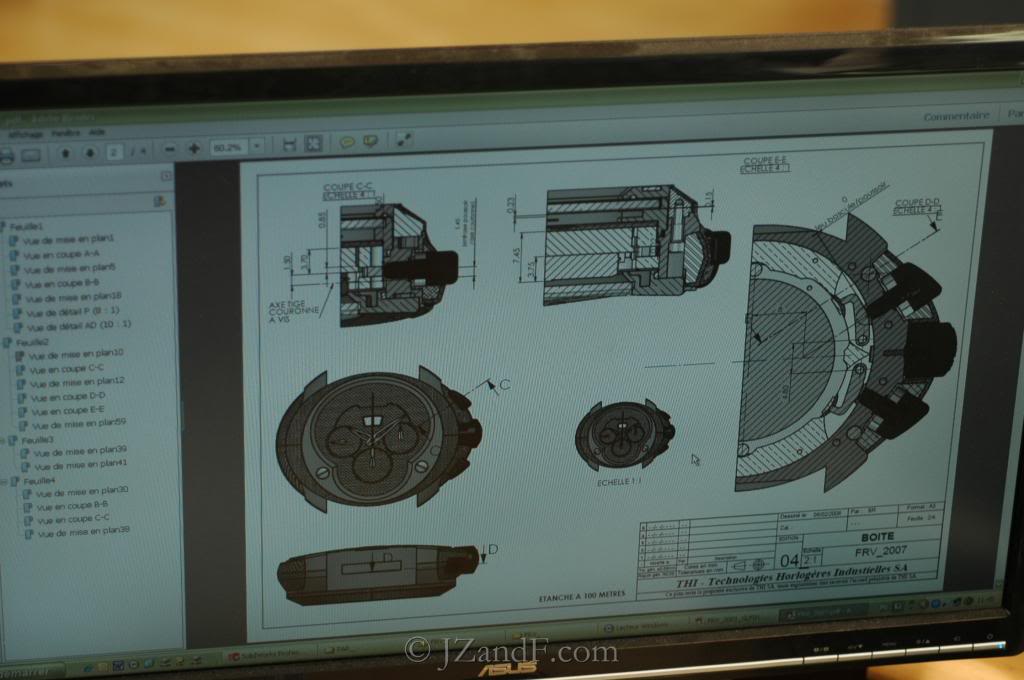
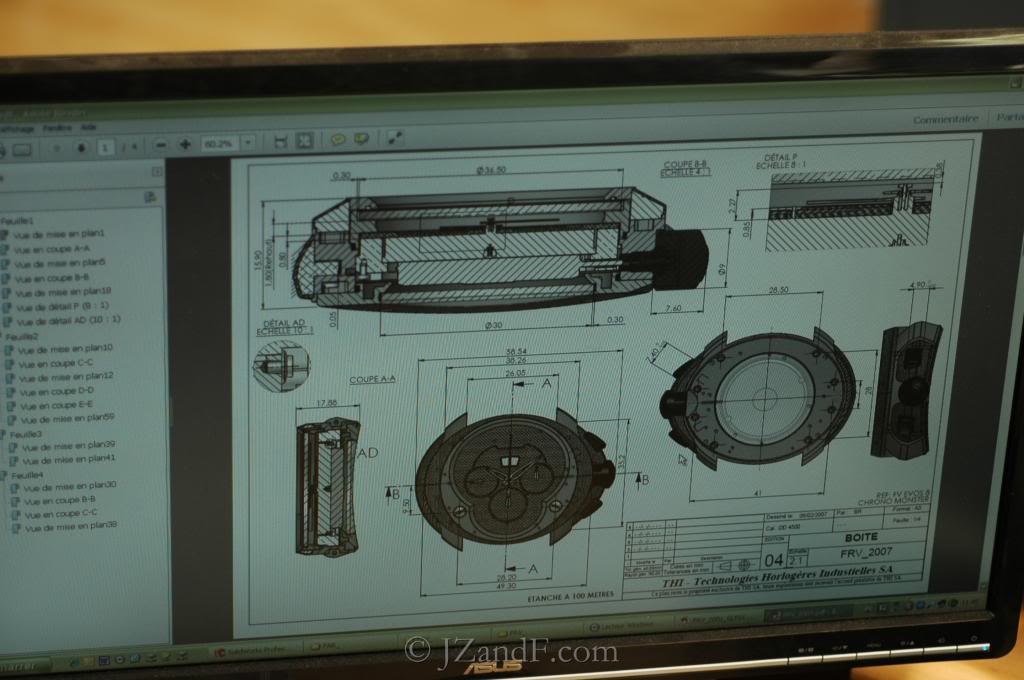
Each case architecture has an entire binder full of drawings and specific measurements.
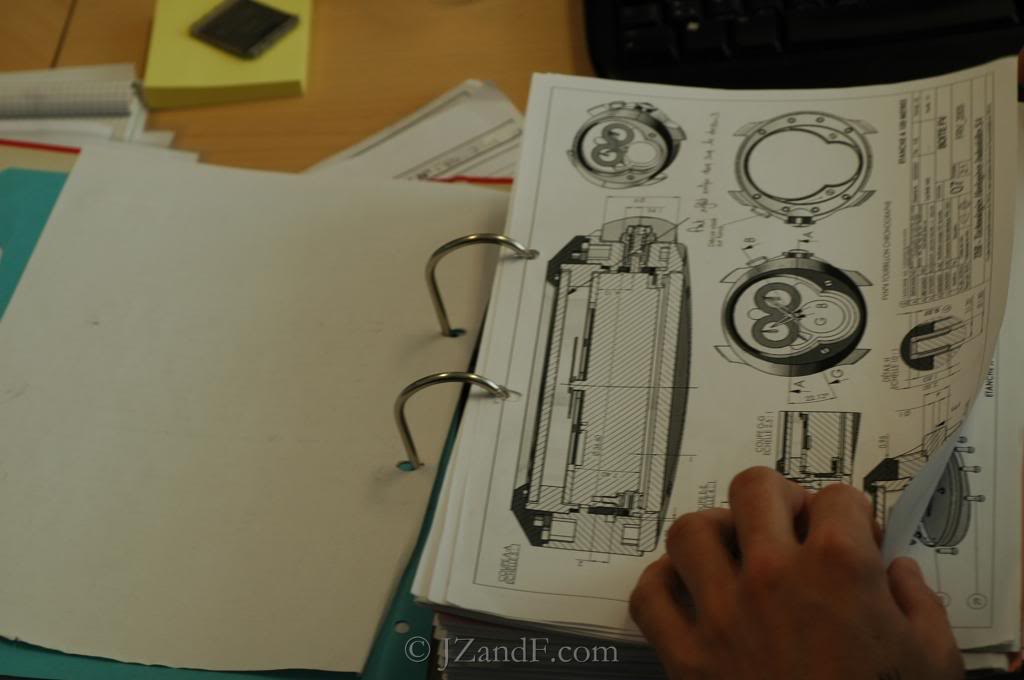

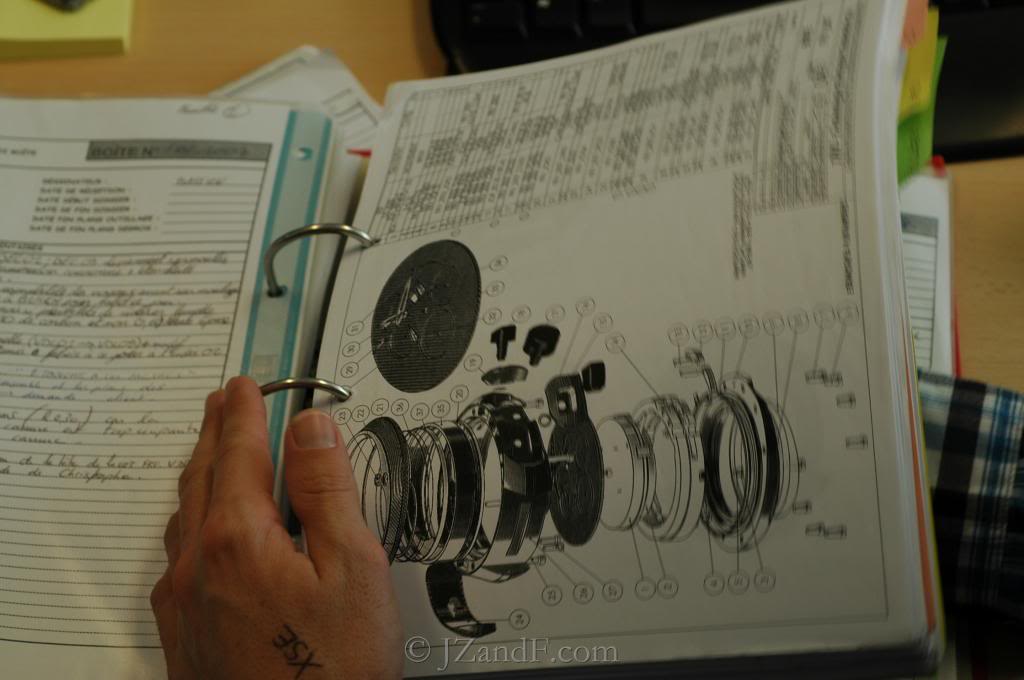

The crown is a patented design, with plenty of intricate components to ensure smooth winding, time-setting, and water-resistance.

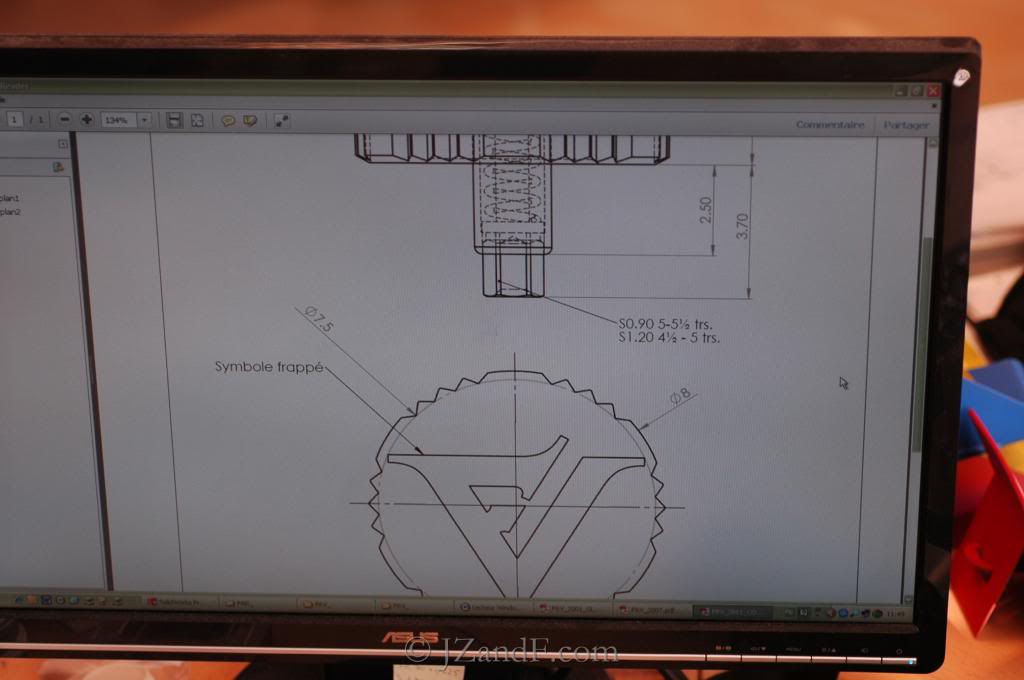
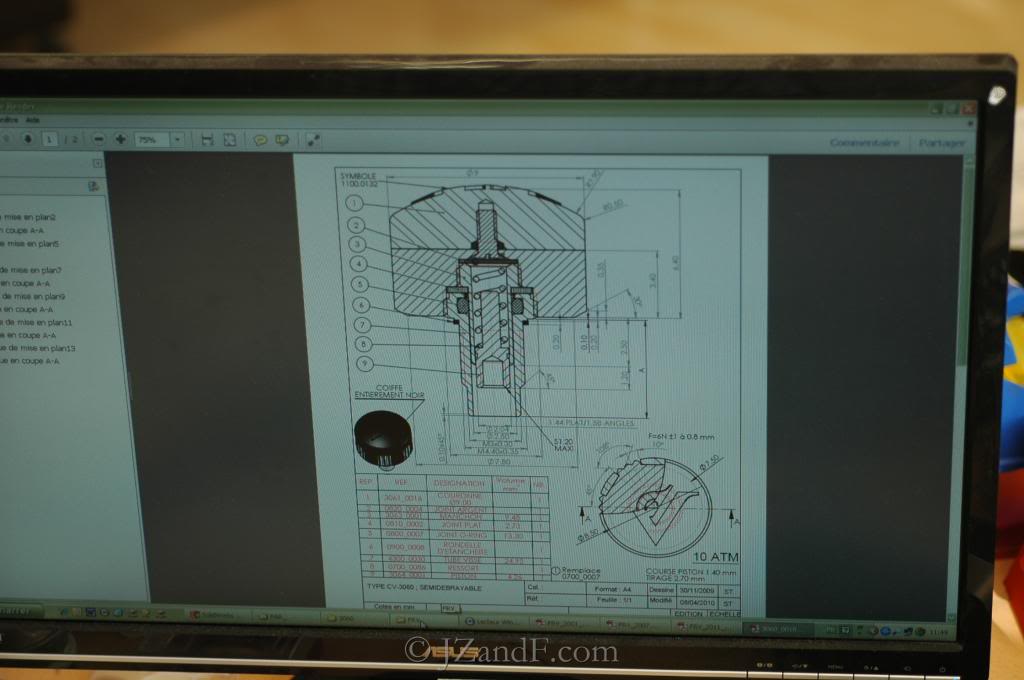
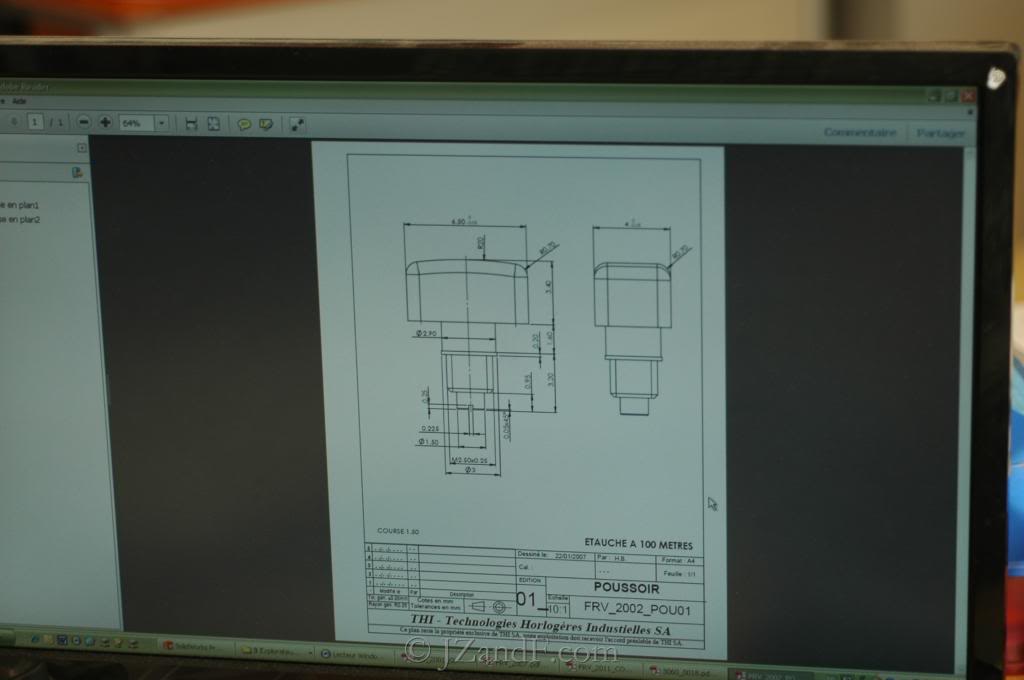
Each crown is individually checked under a loupe.
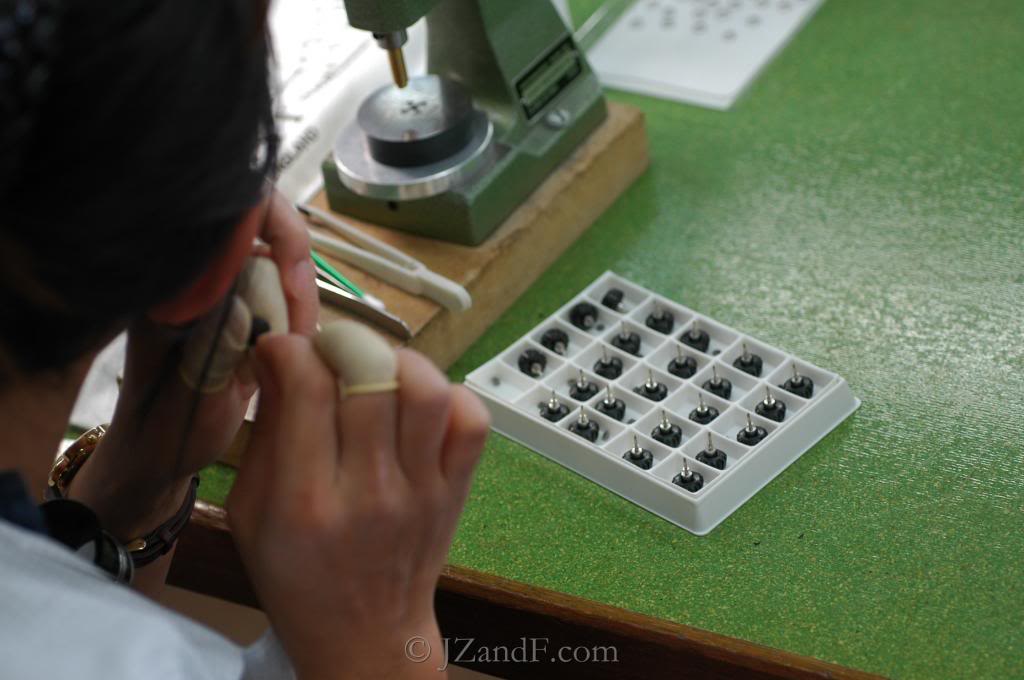
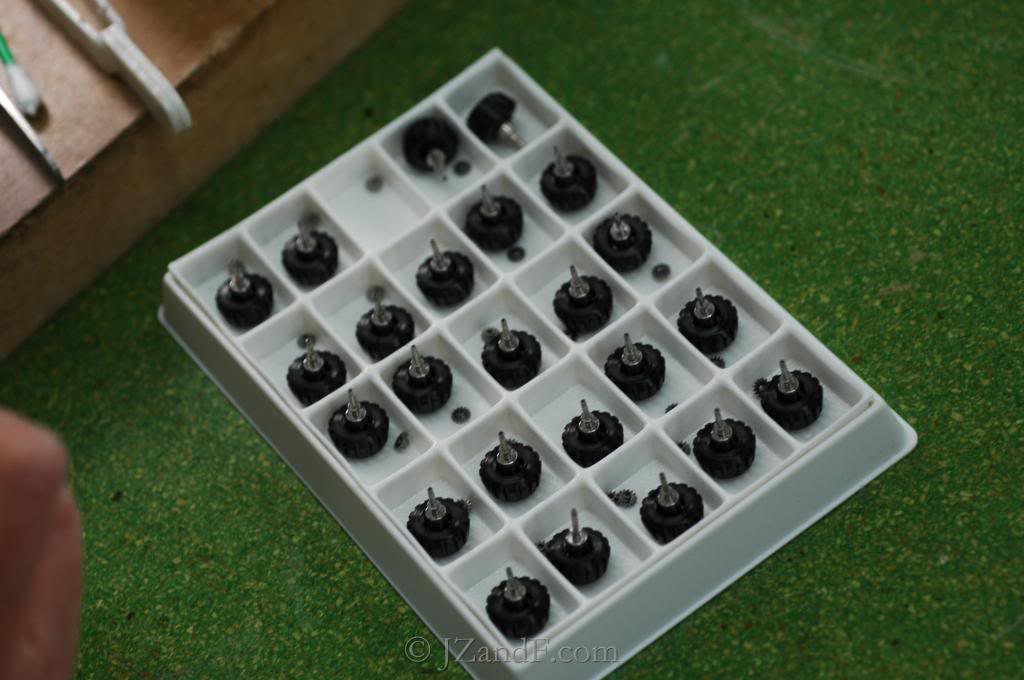
Back case
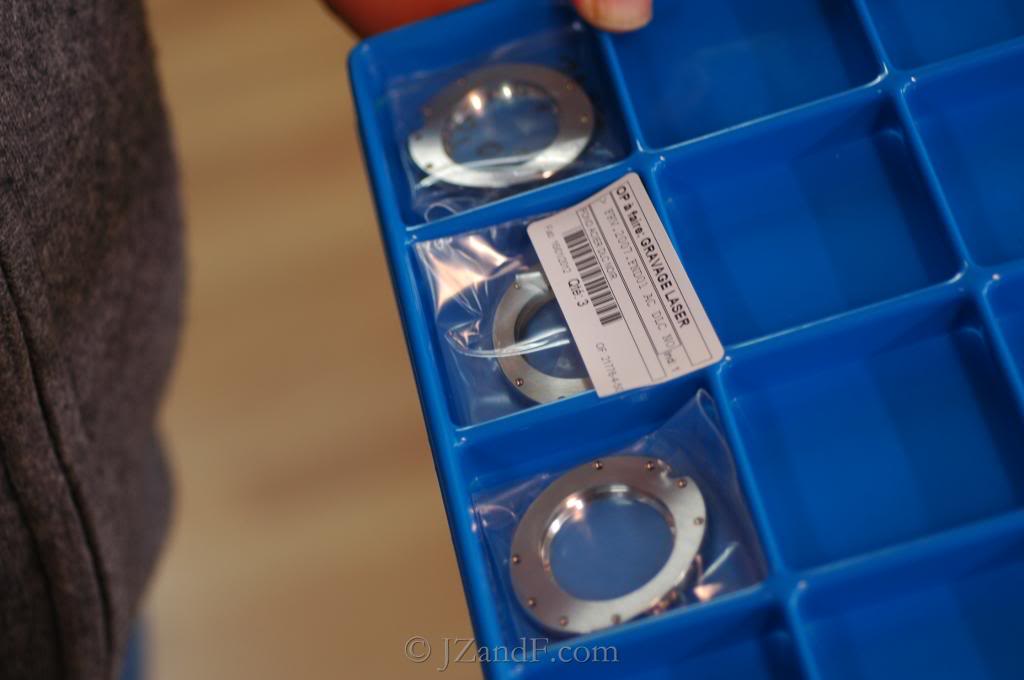
Inner ring on the case
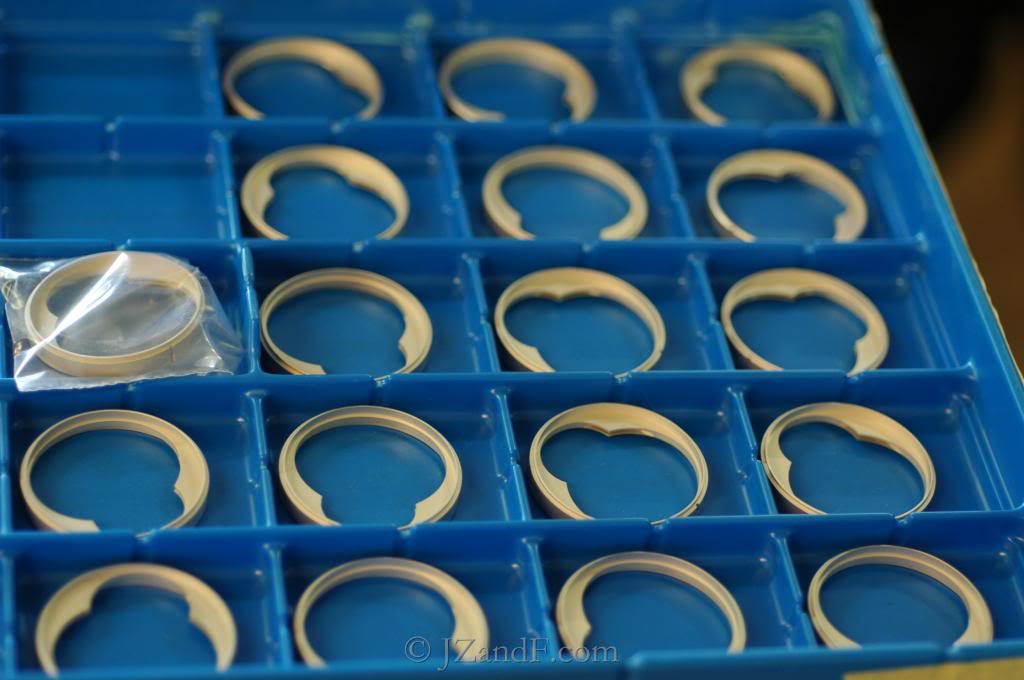
Notice how the inner part of the back case is also finished with high-polish – an unnecessary step because it is not visible to the final customer, but it stands for absolute dedication to quality.
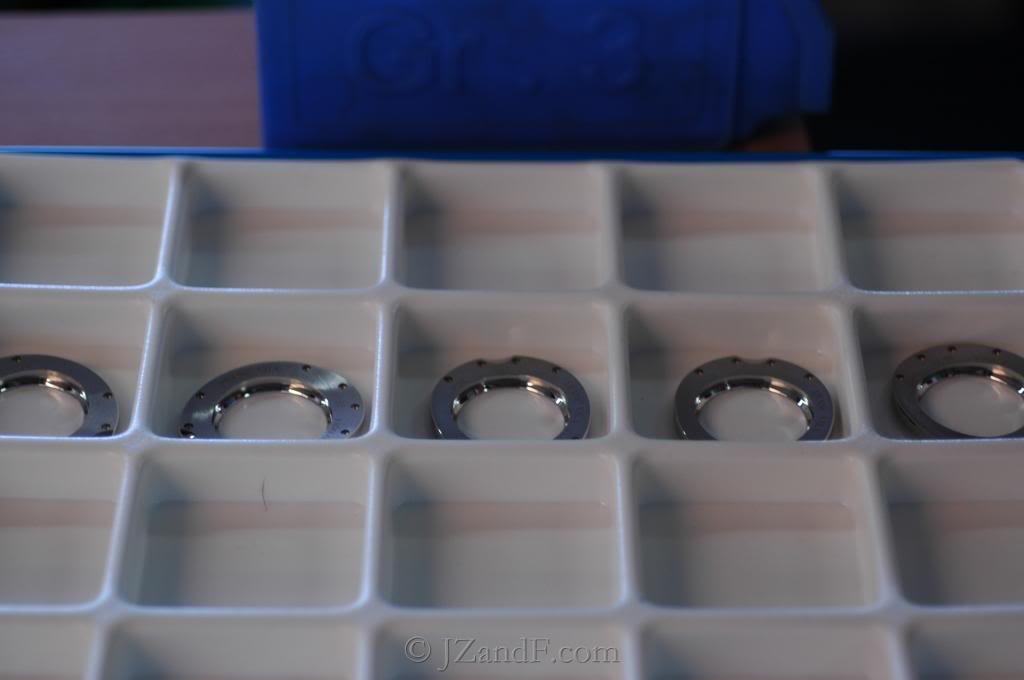
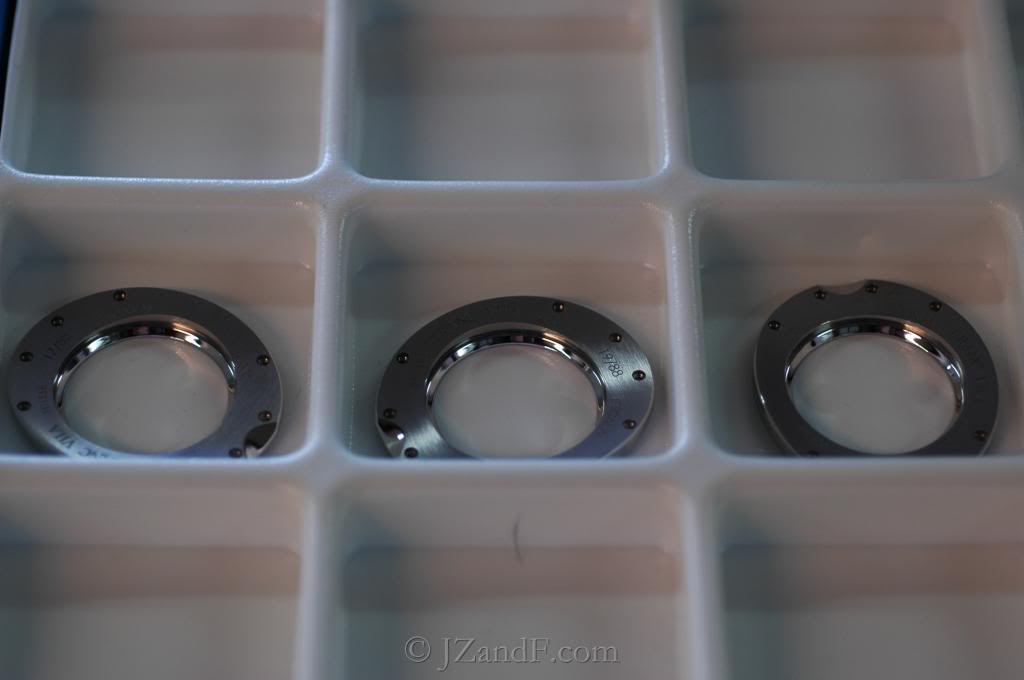
PVD steel.
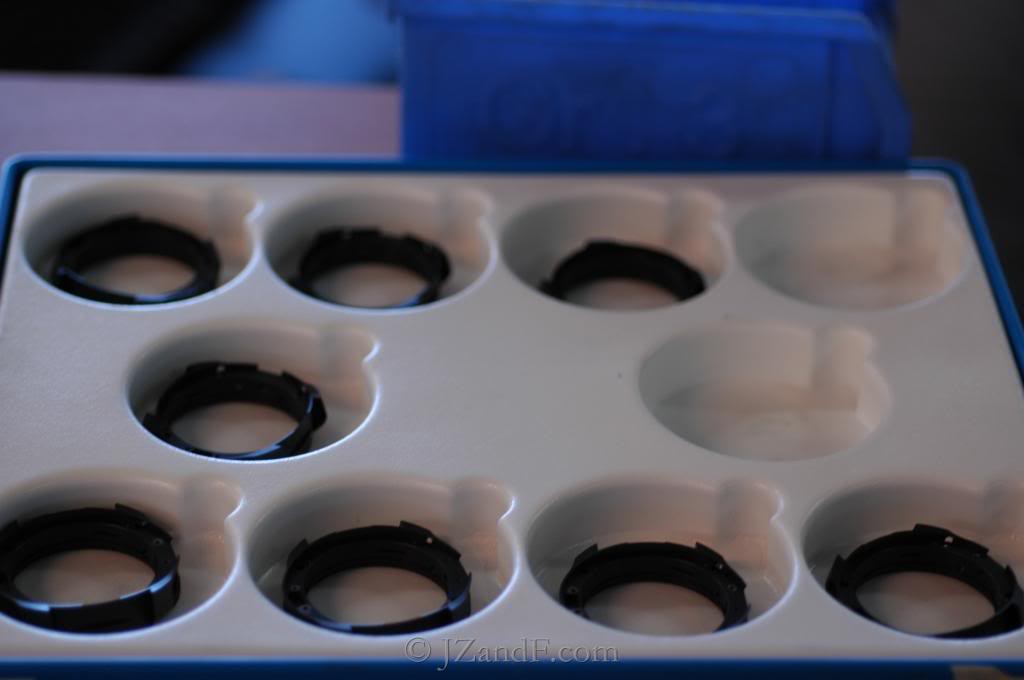
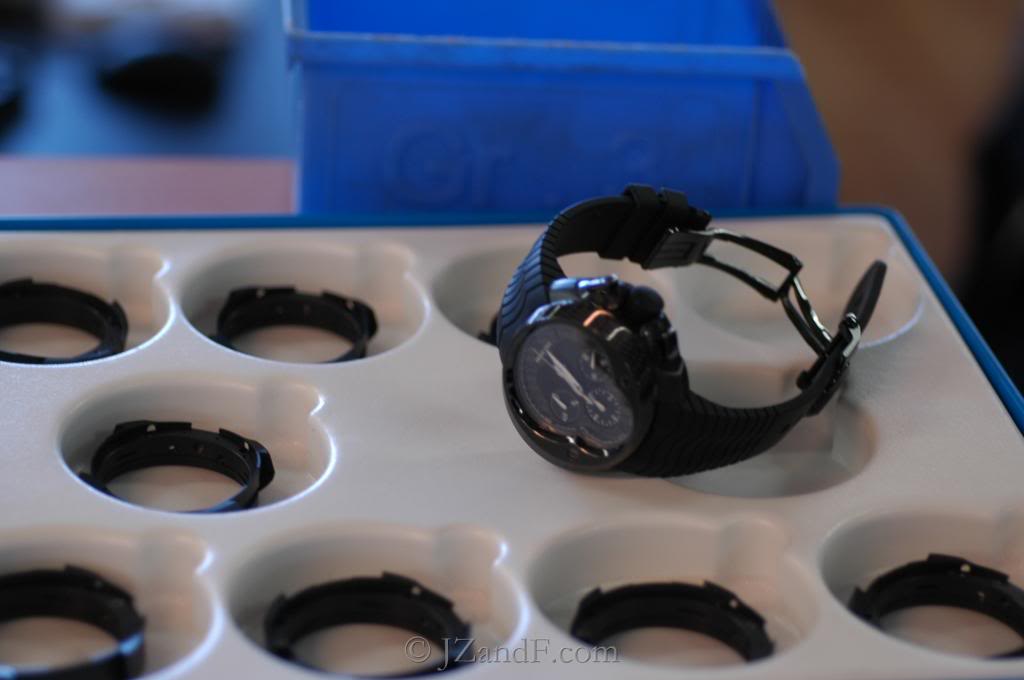
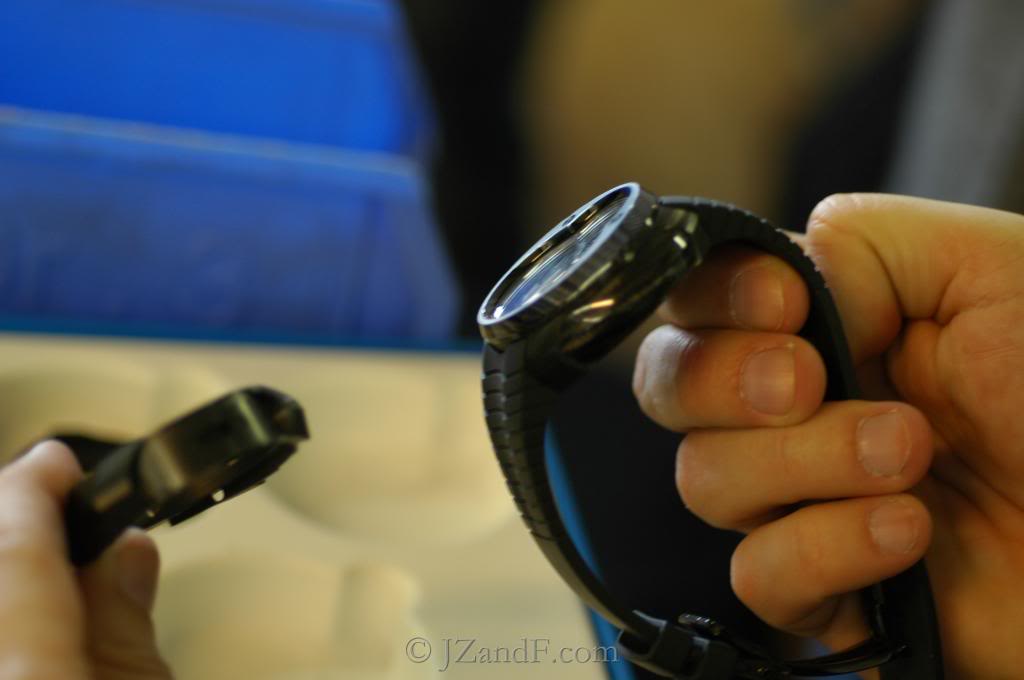
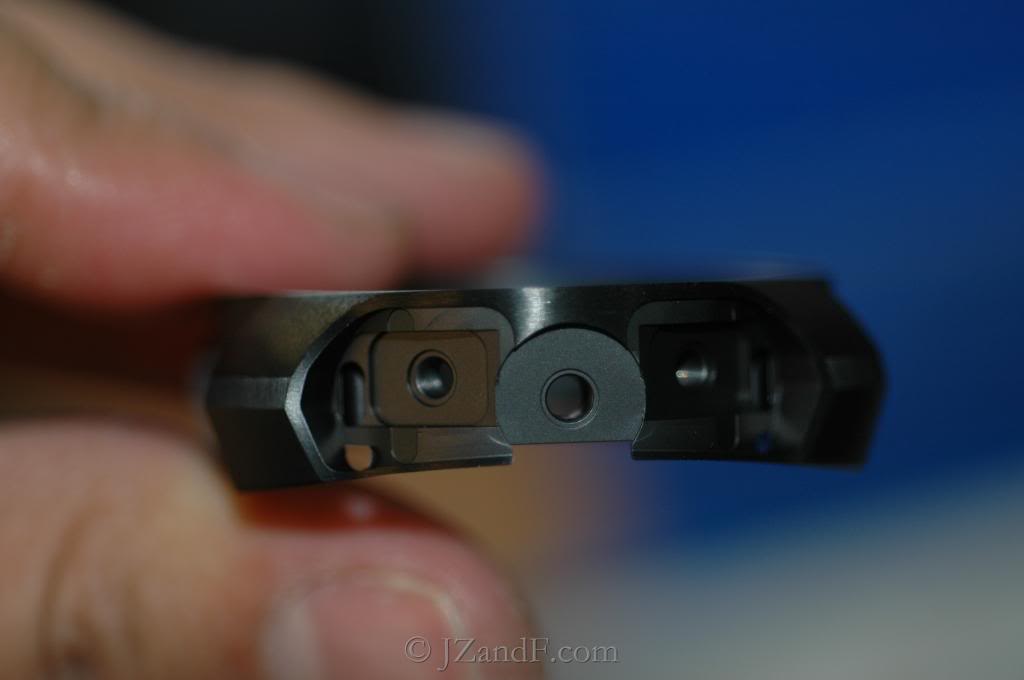
The next stop is the workshop that machines the cases, where various parts of the case are cut from single blocks of steel. Franc Vila uses a special alloy “DieHard Extreme Steel”, which is different from the traditional 316L steel used by other Swiss manufactures. This special alloy is harder, has a special grayish tint, and costs much more – again, an unnecessary yet commendable effort and shows that excellence lies in the details.
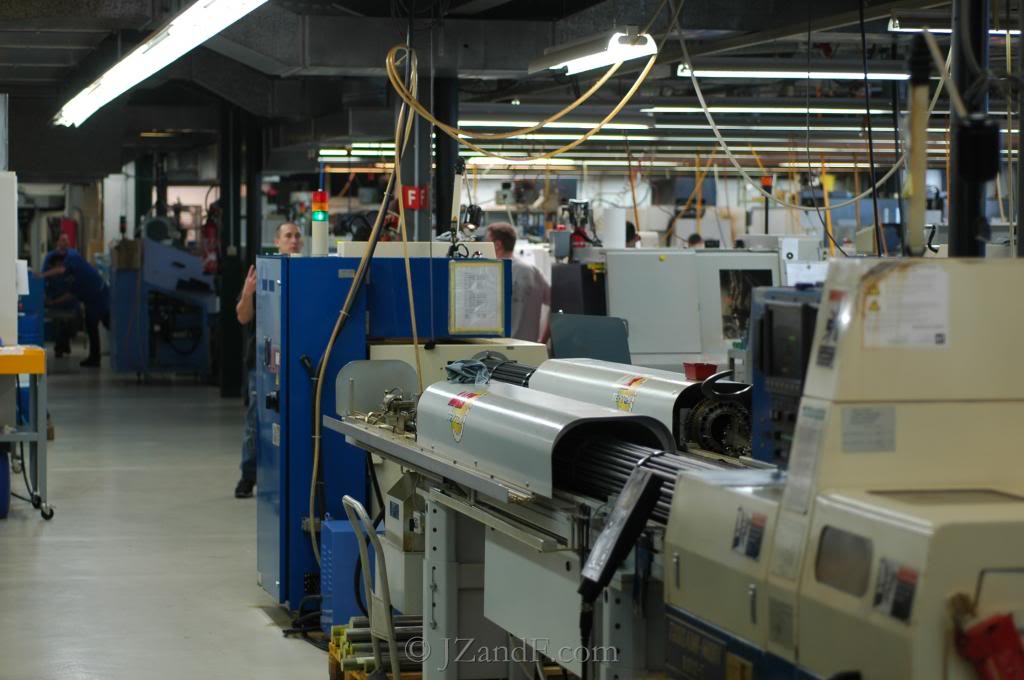
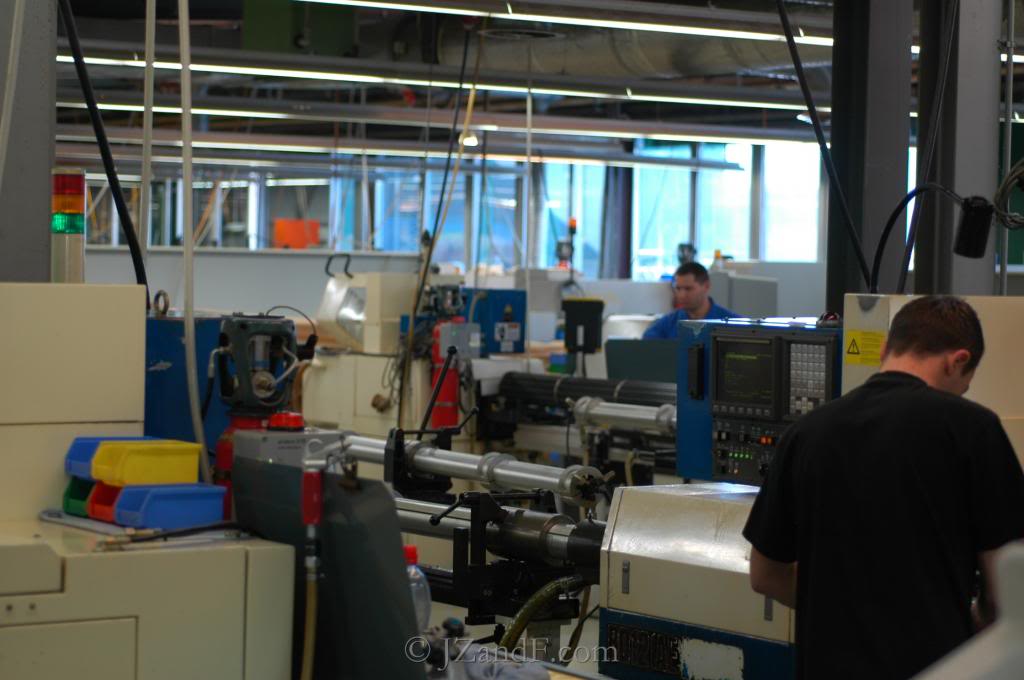
Laser machine for cutting each case.
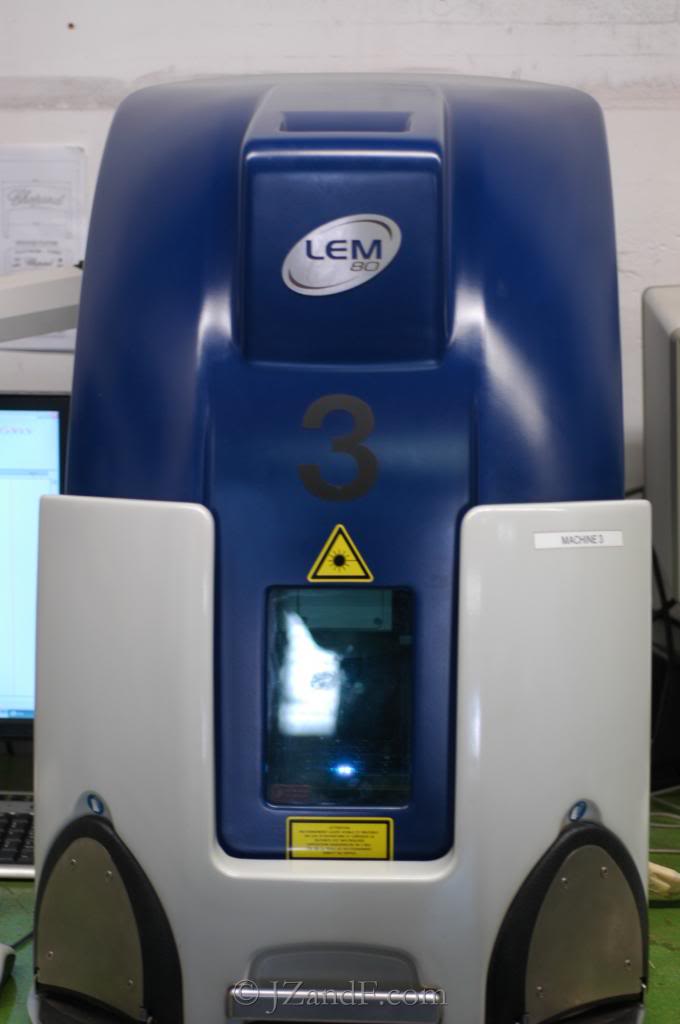
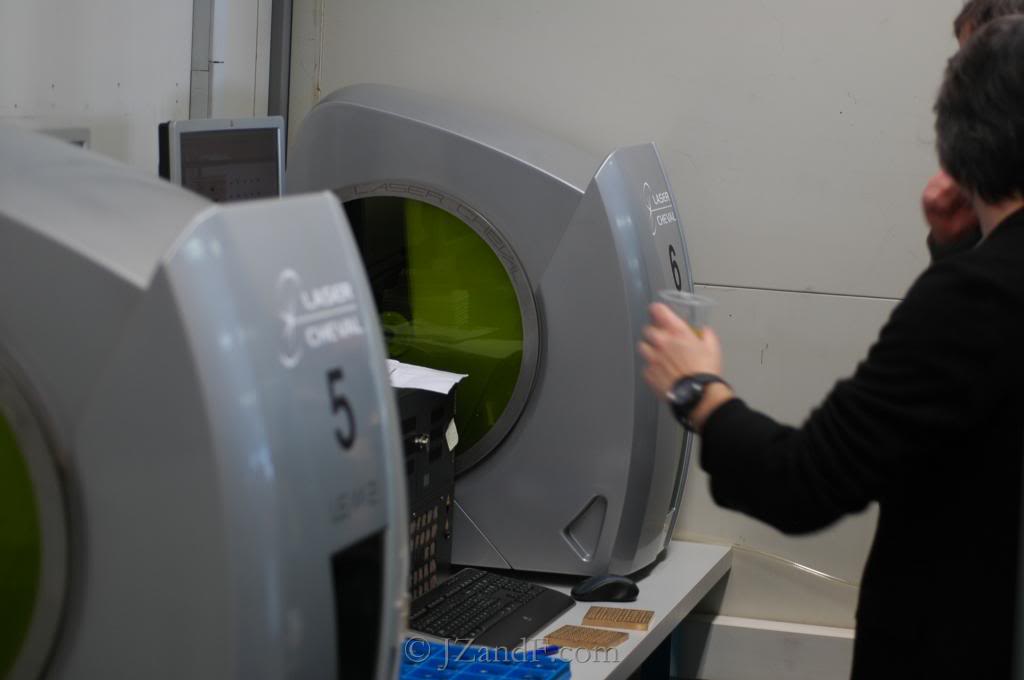
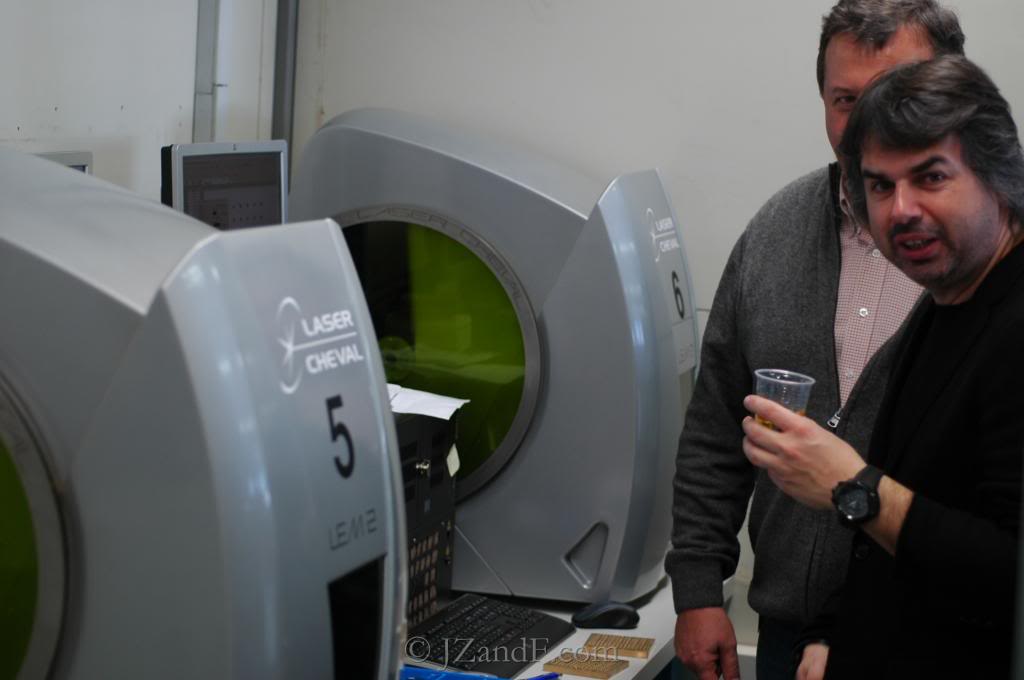
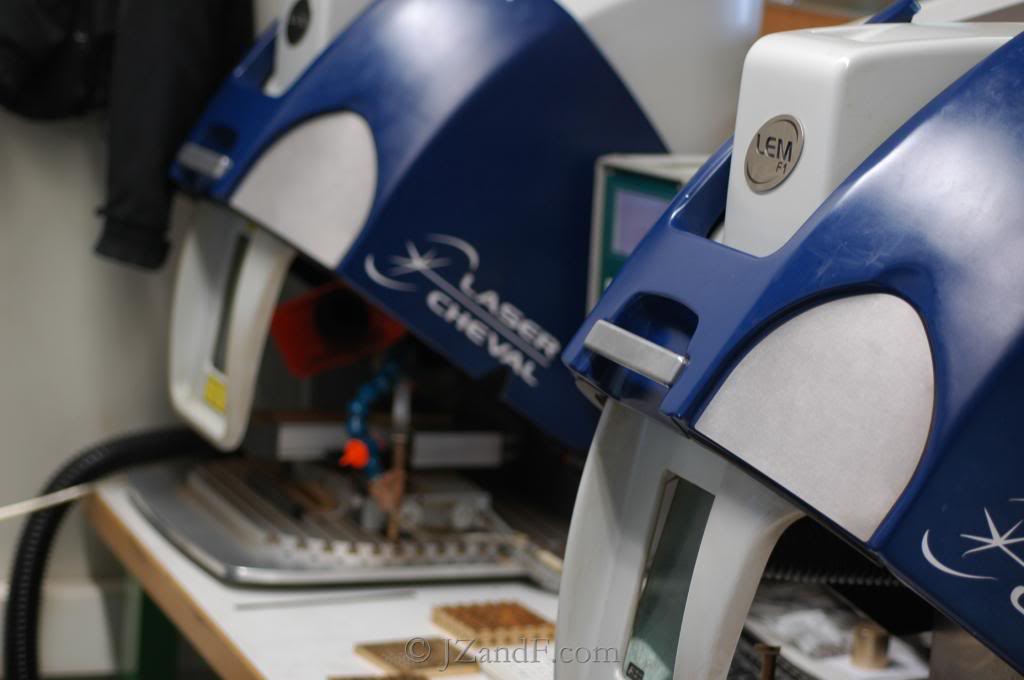

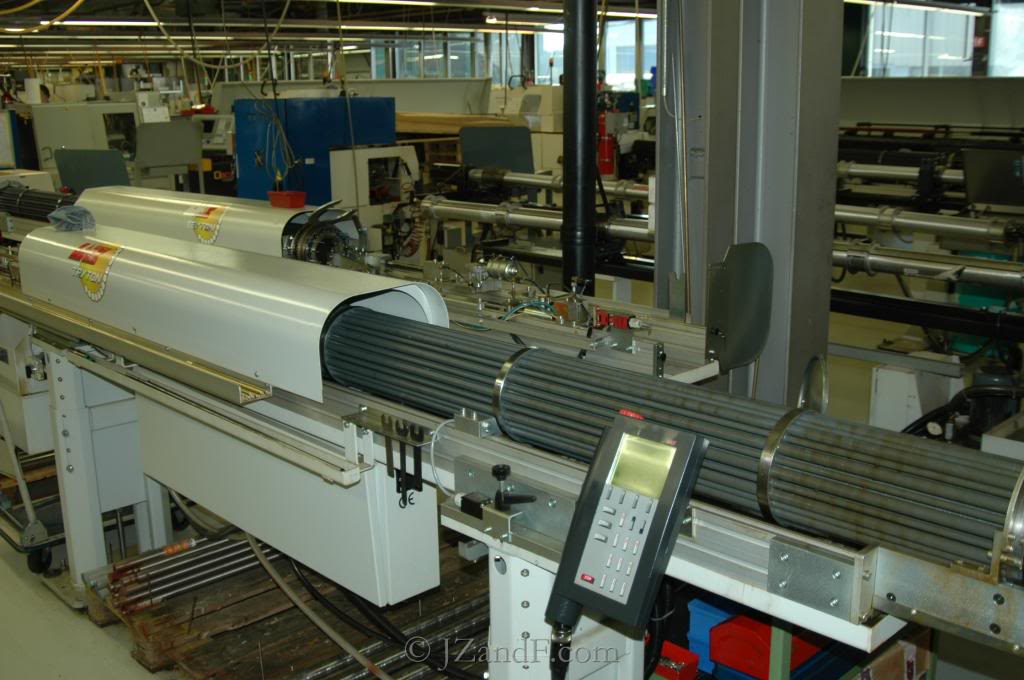
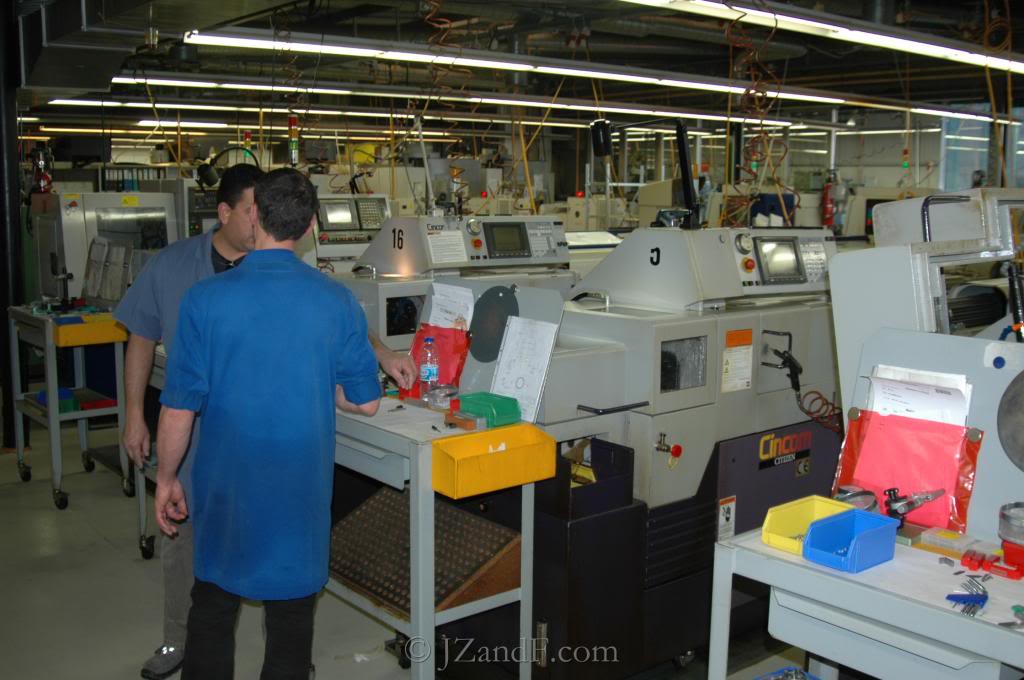
Technicians checking each case under high magnification, to ensure proper dimensions with respect to the original computer drawings.
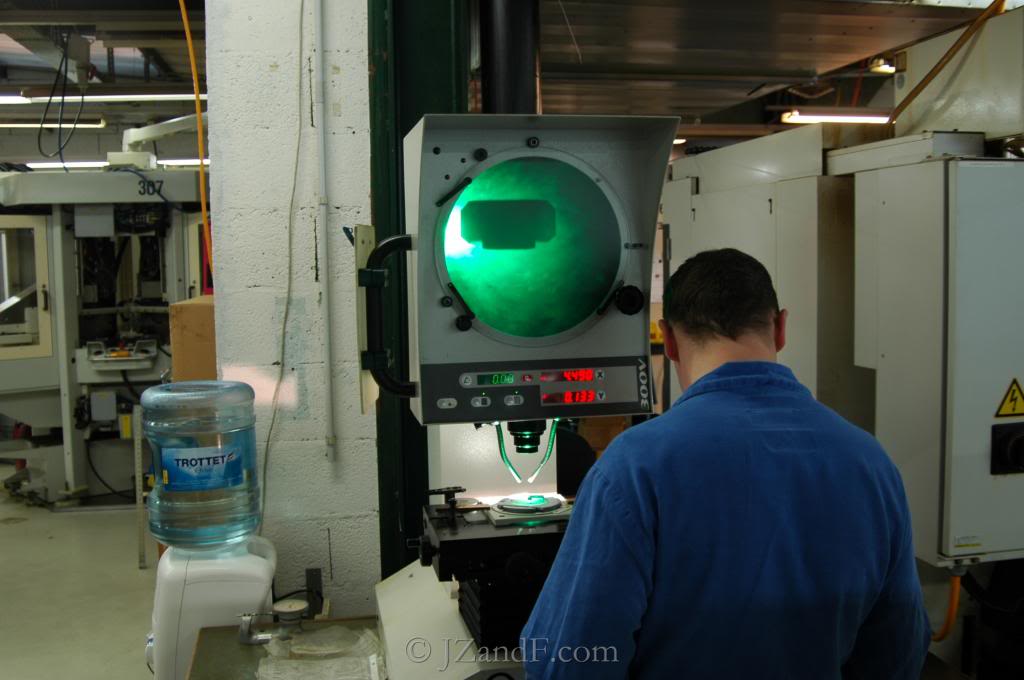

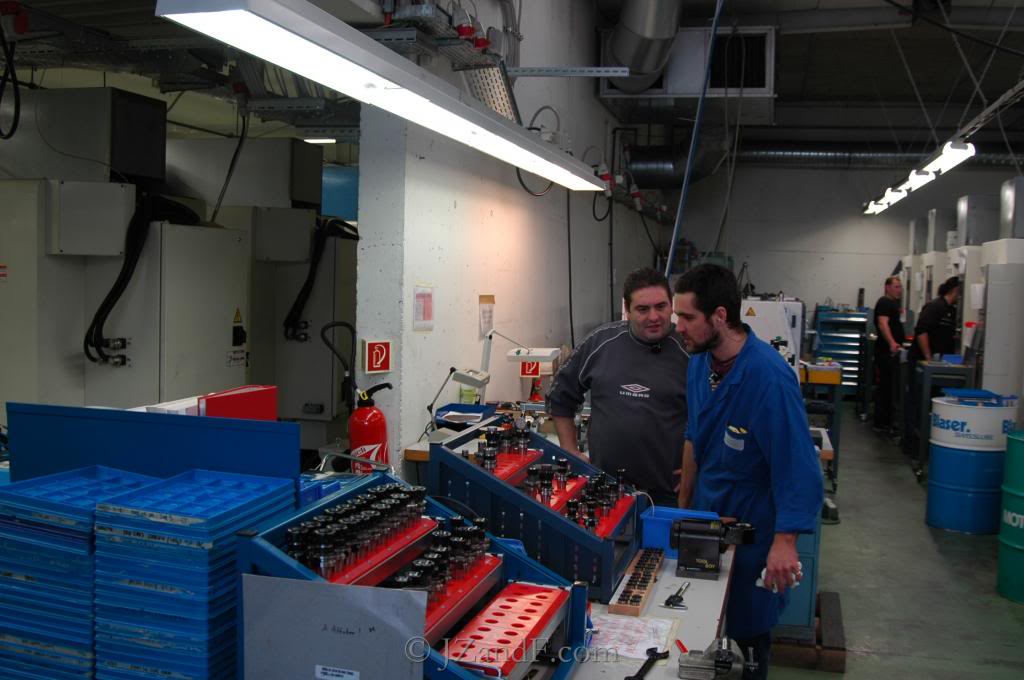
Semi-finished rough backcases.
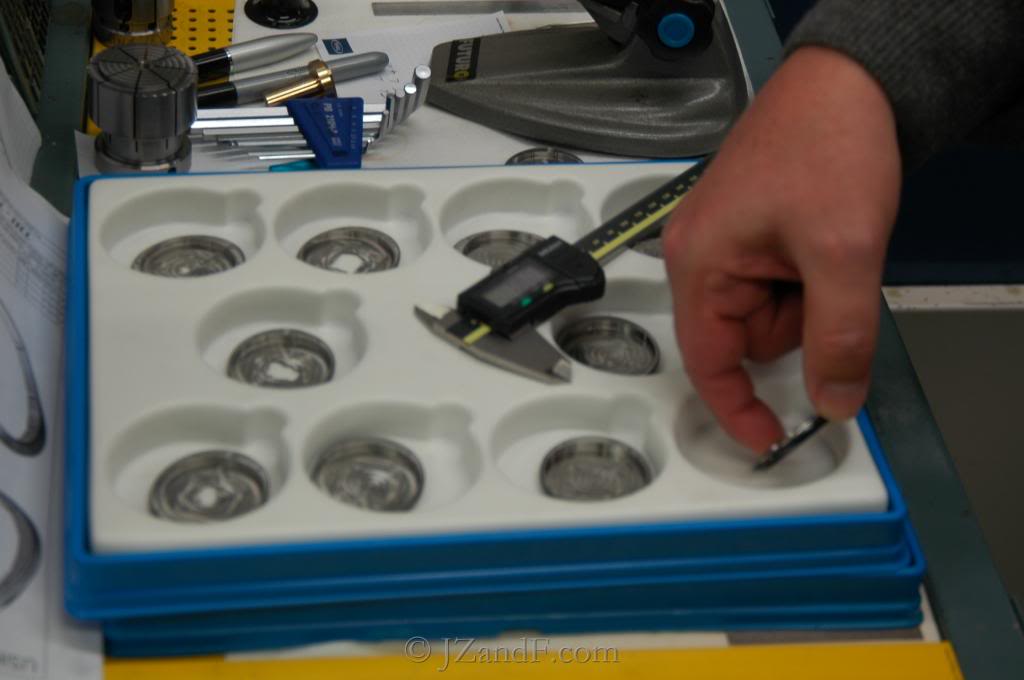
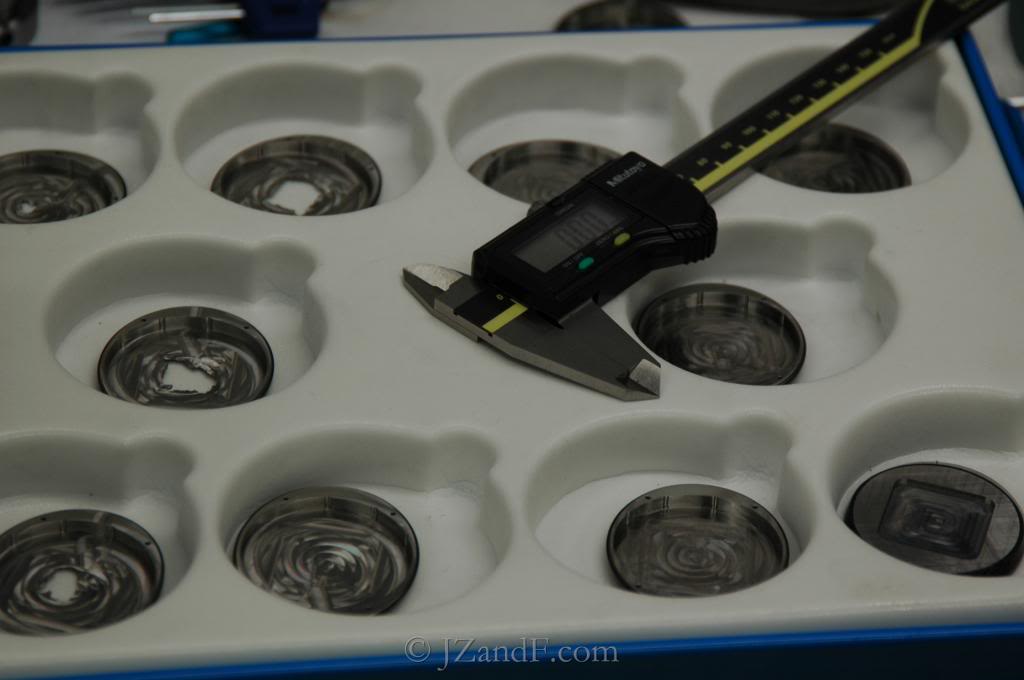
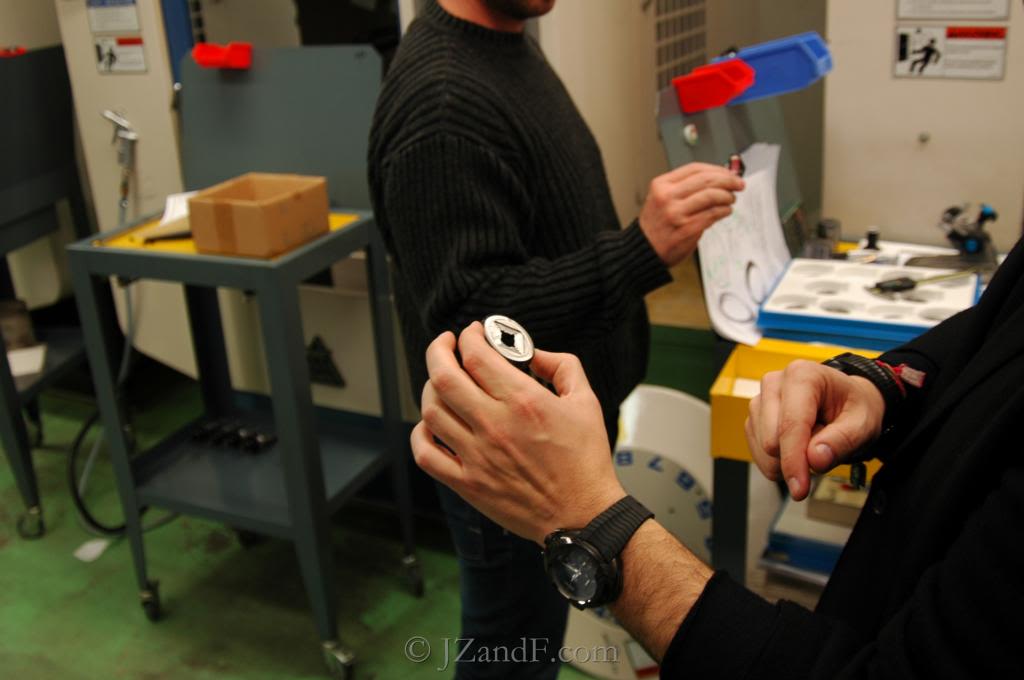

After much work and polishing , this is only one of the many layers that makes up a Chronograph Big Date case.
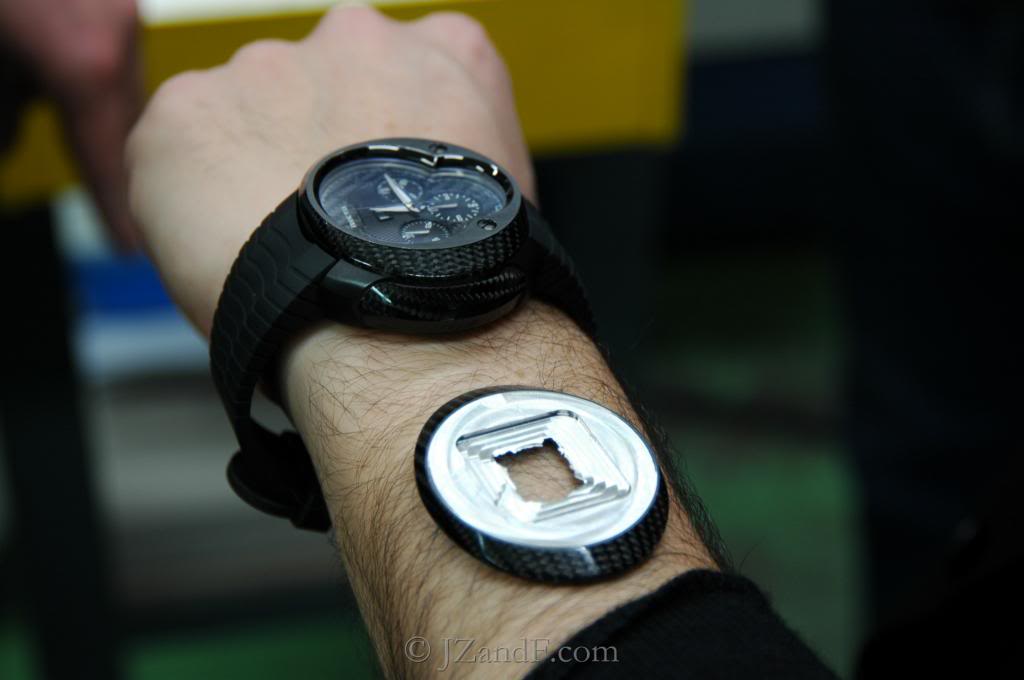

Side carbon-fiber piece of the Chronograph Big Date Cobra.

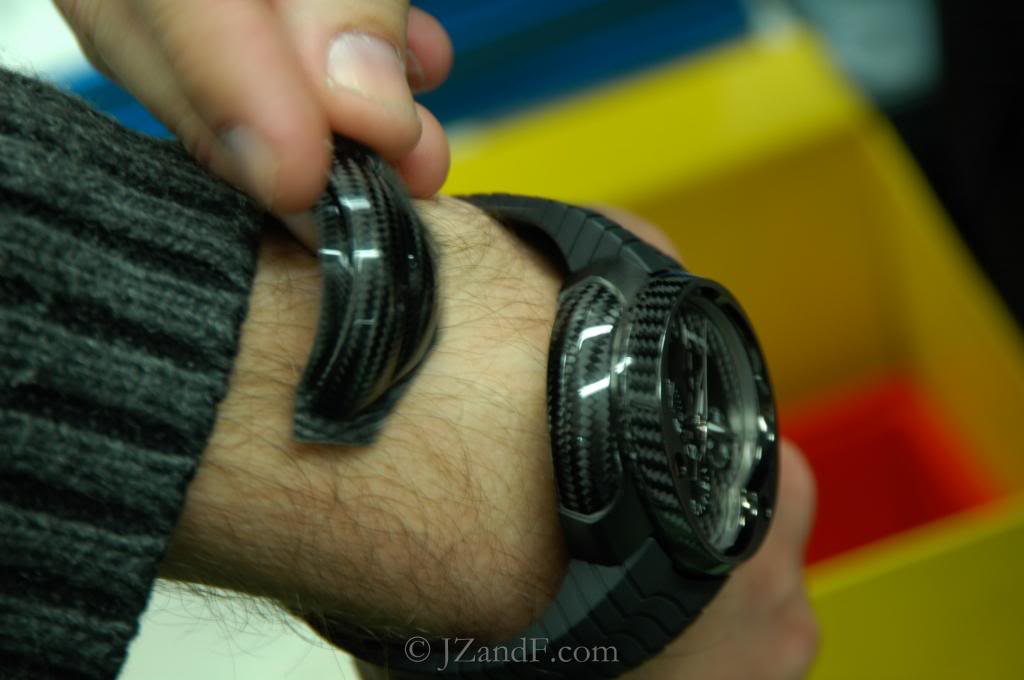
The technical team excitedly examining the finished watch.
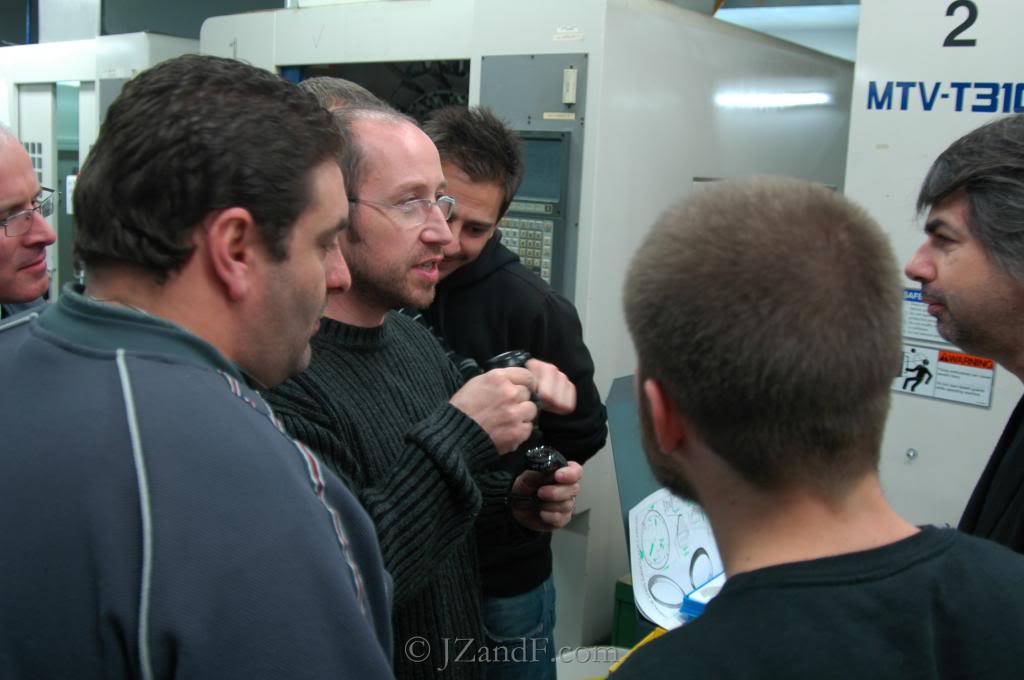
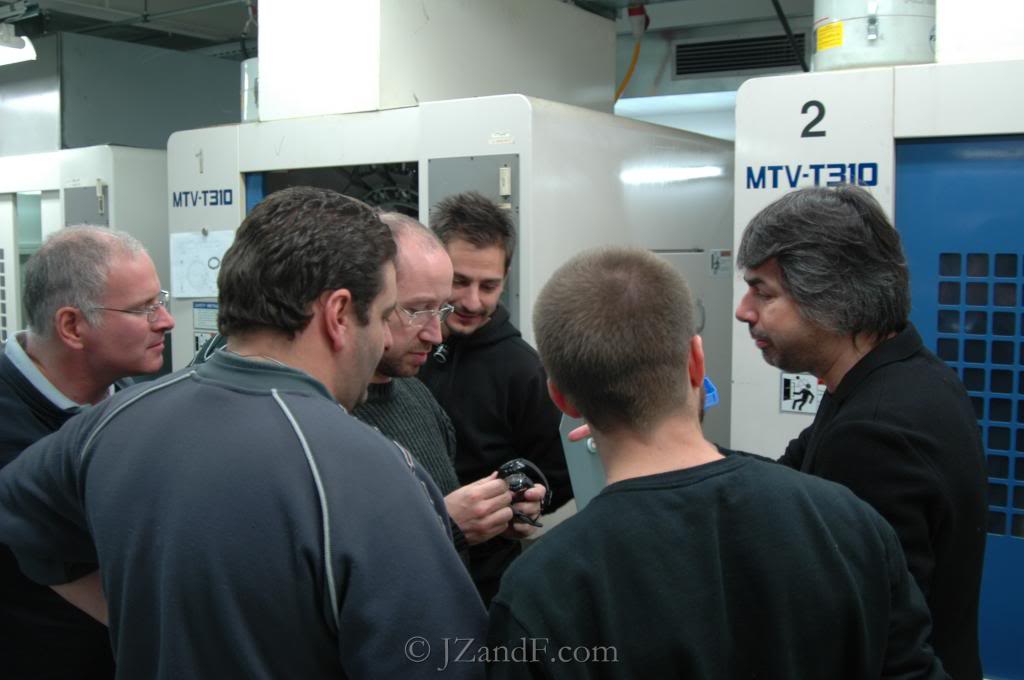
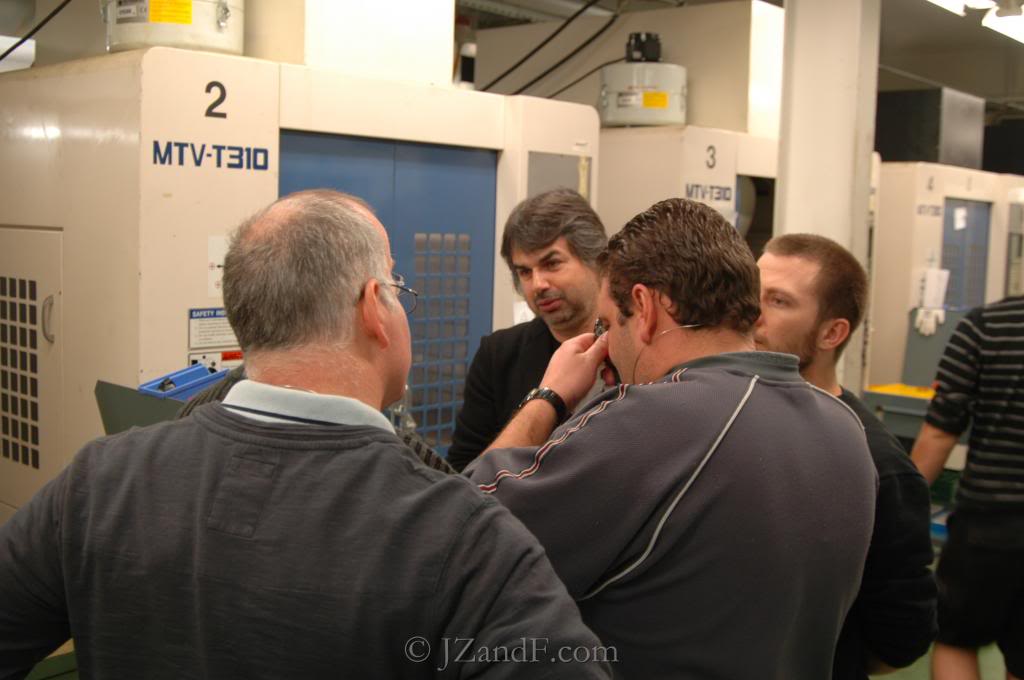
A row of traditional cutting machines.
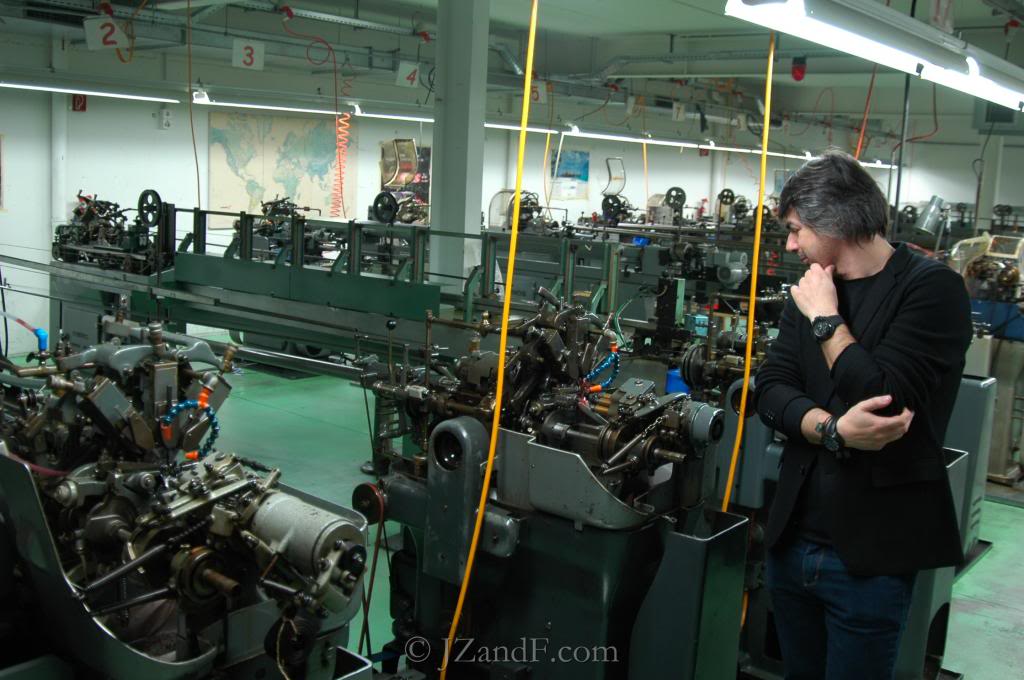
When the machine is in the high-speed cutting process, a high level of heat is given off due to friction. Hence, constant lubrication (the red solution) is needed.

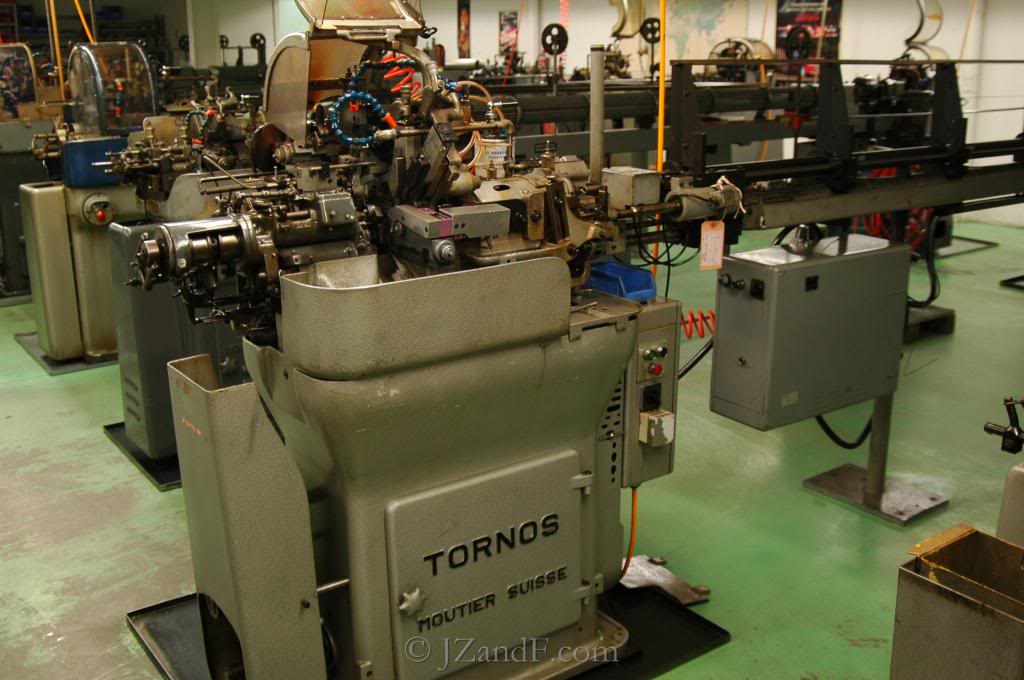
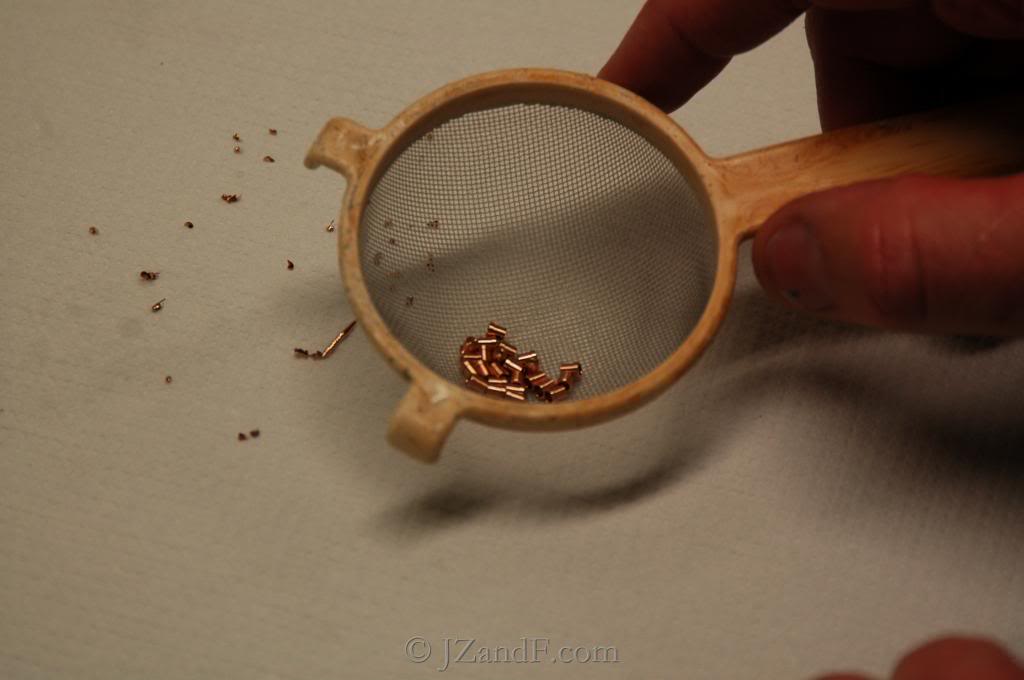
Various pieces of the cases and inner case rings, in various stages of finishing.
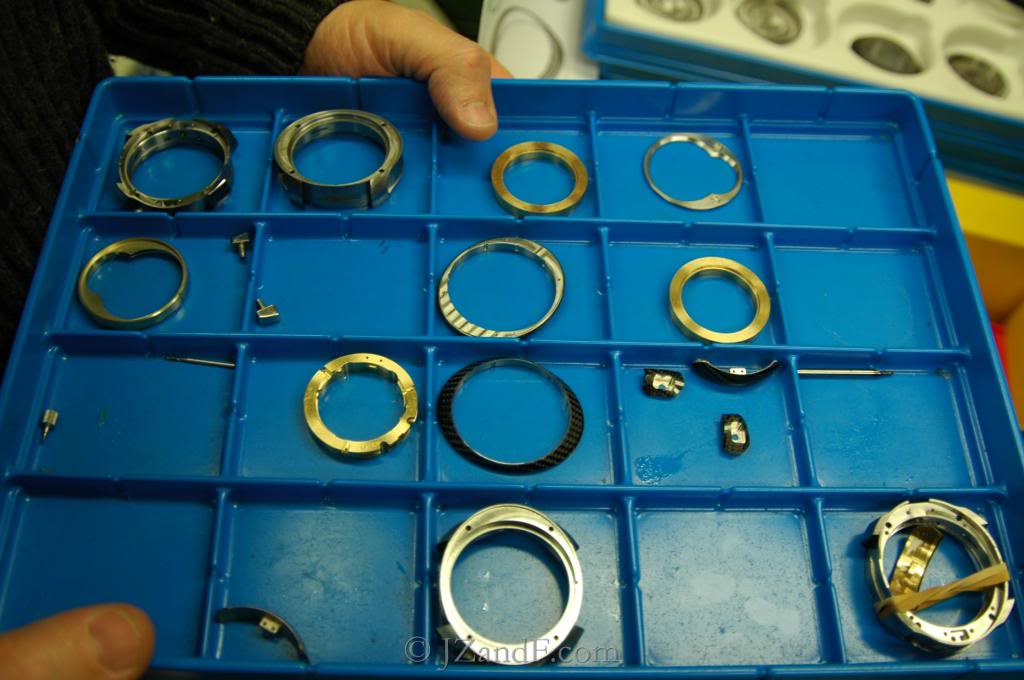
This concludes Part 1 of the visit. Part 2 will take us to the Franc Vila headquarter and flagship boutique, situated in the heart of Geneva’s old-town.
